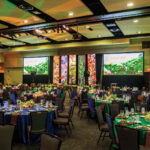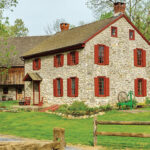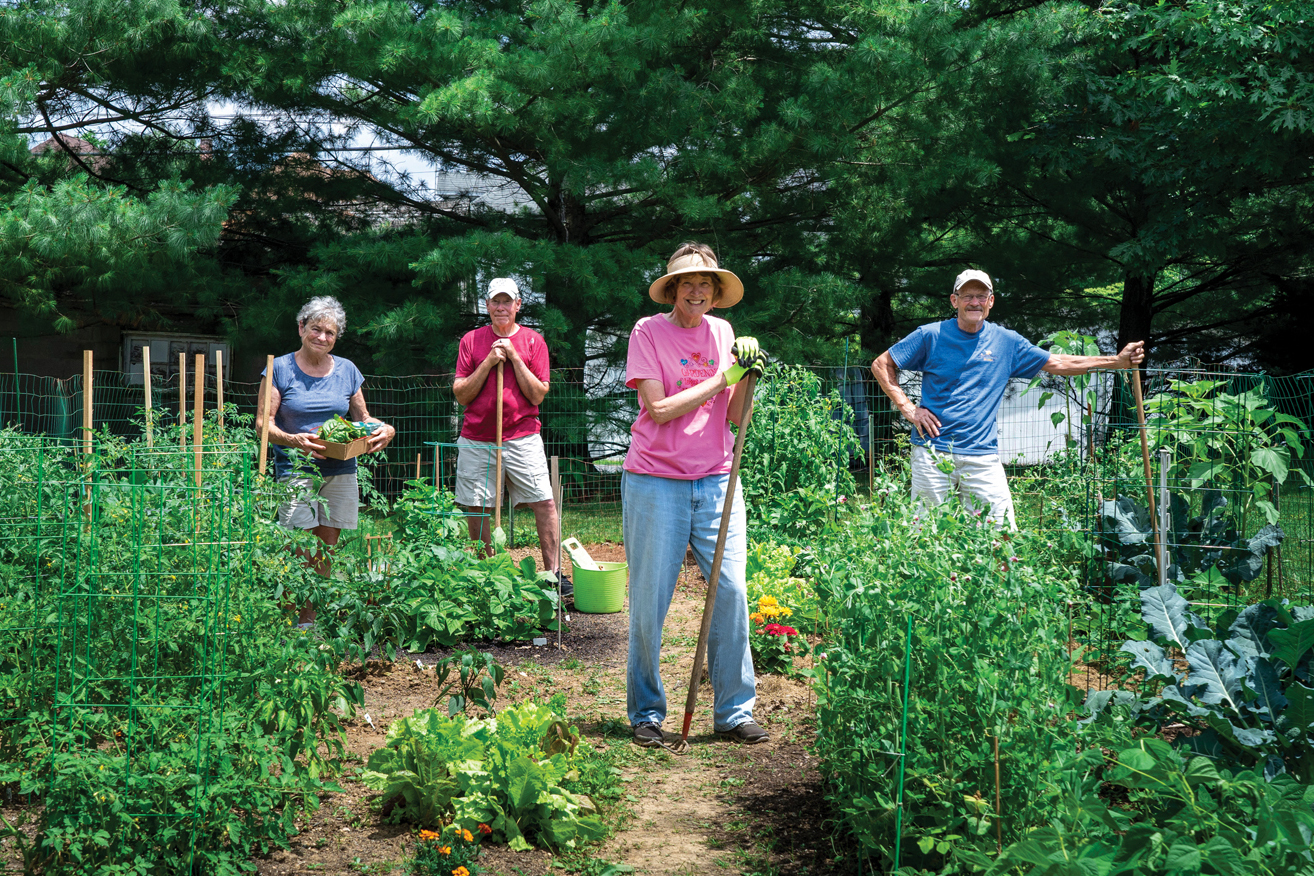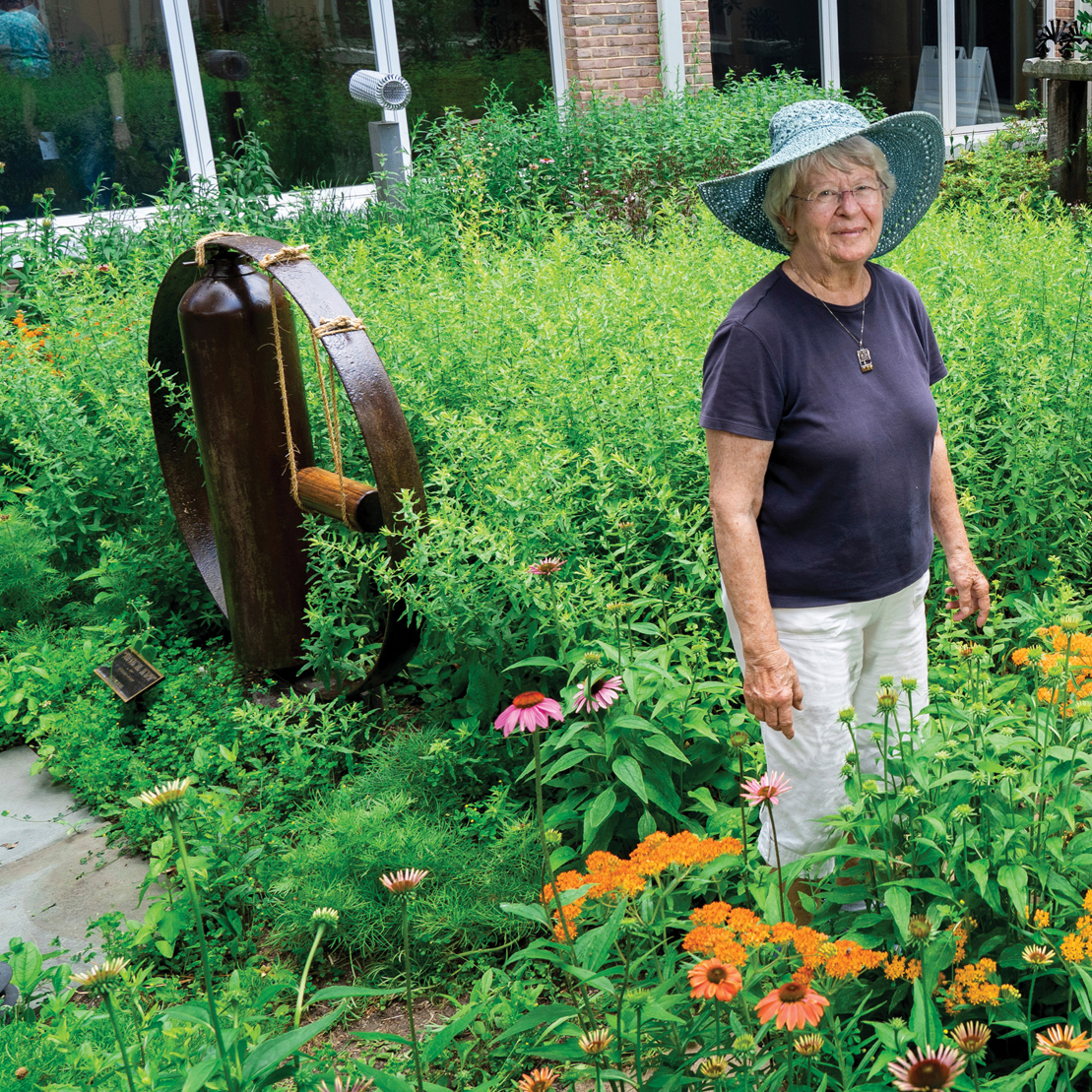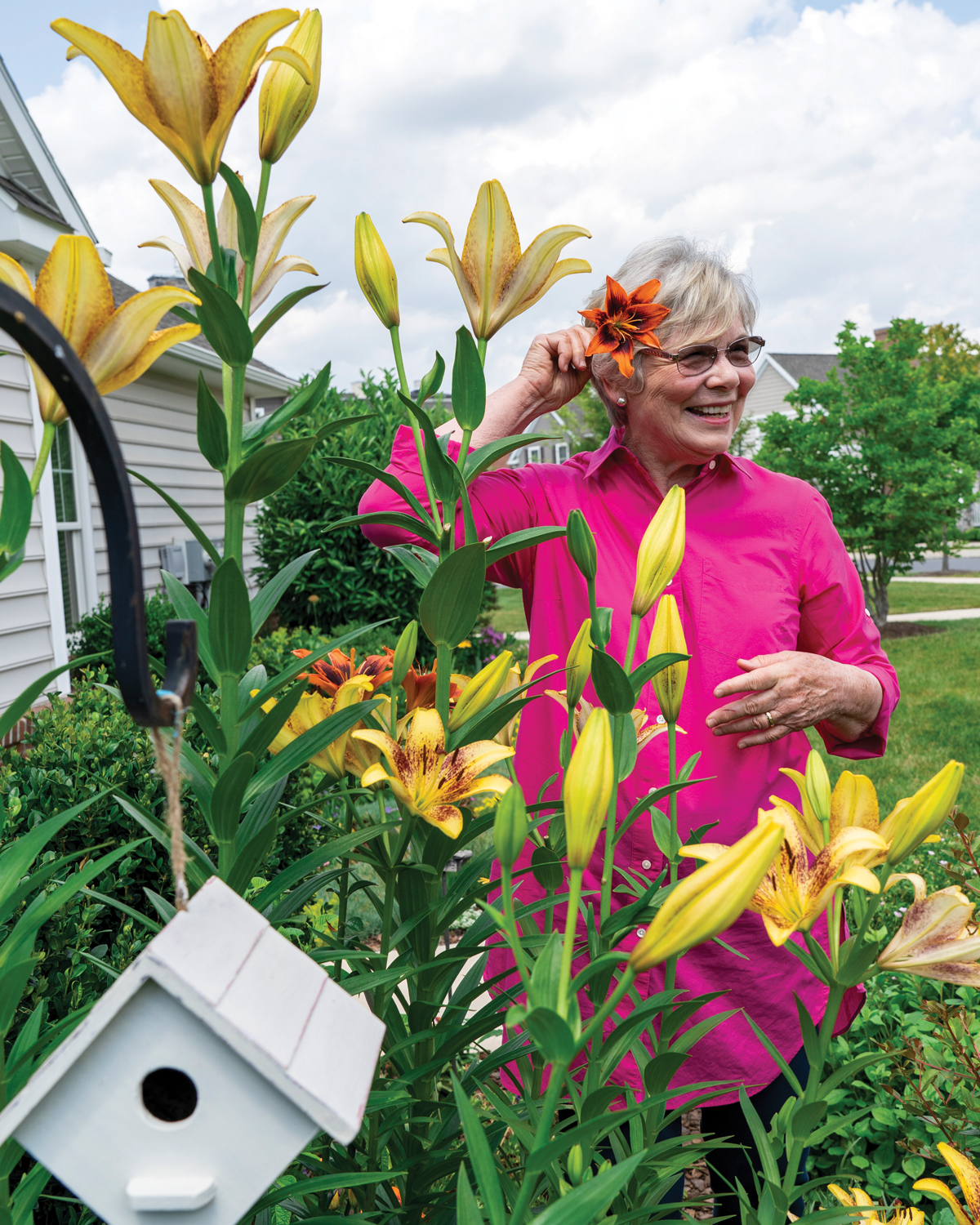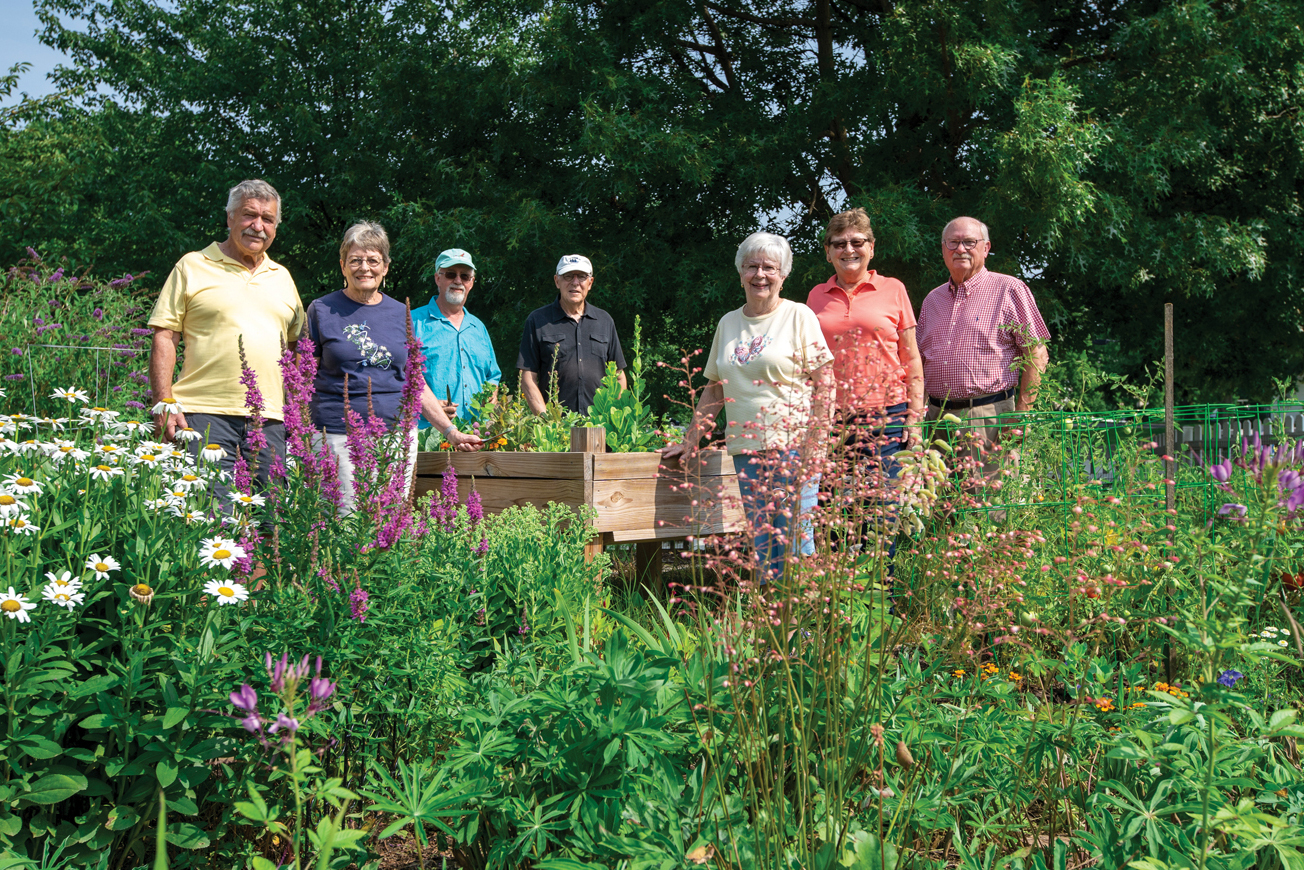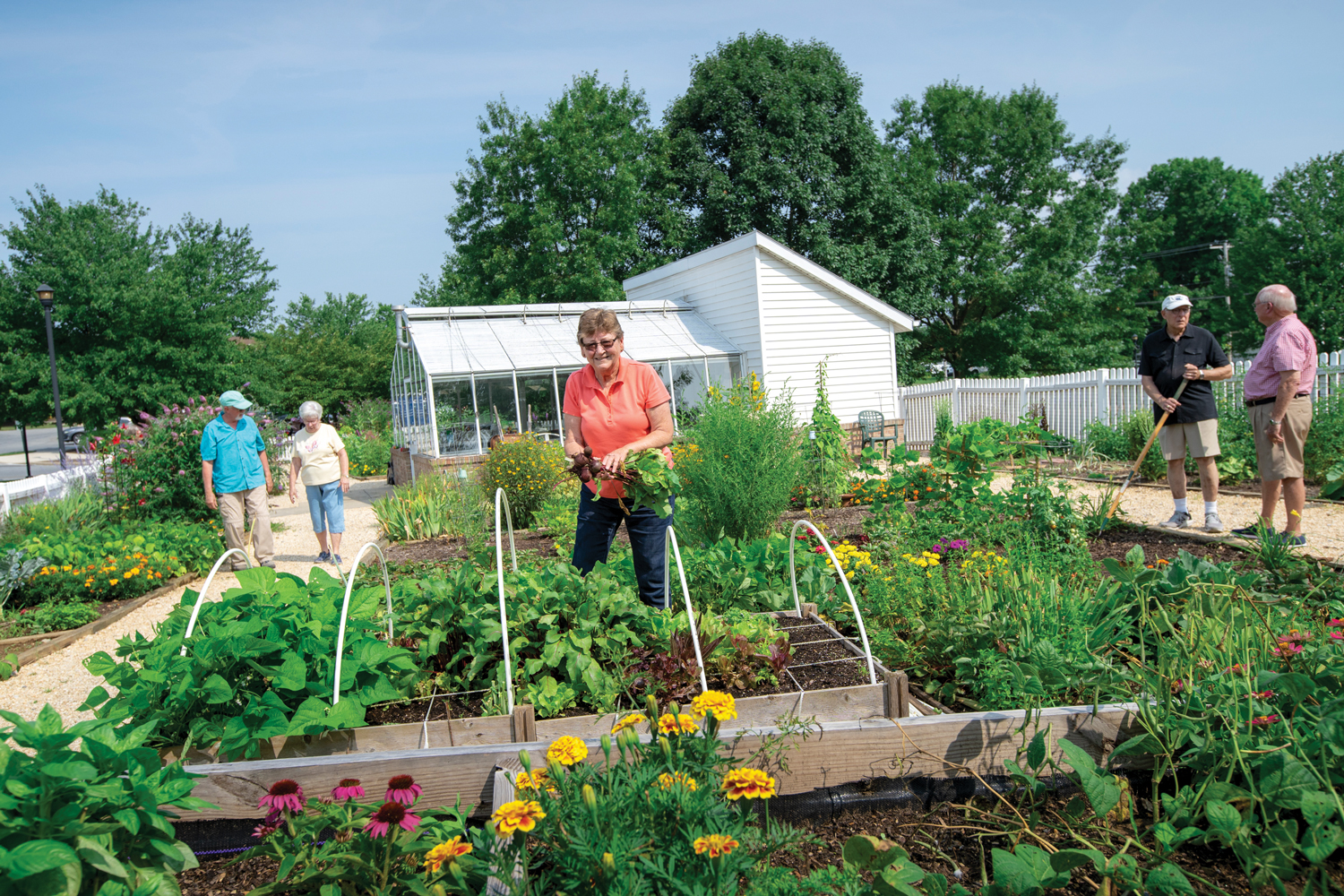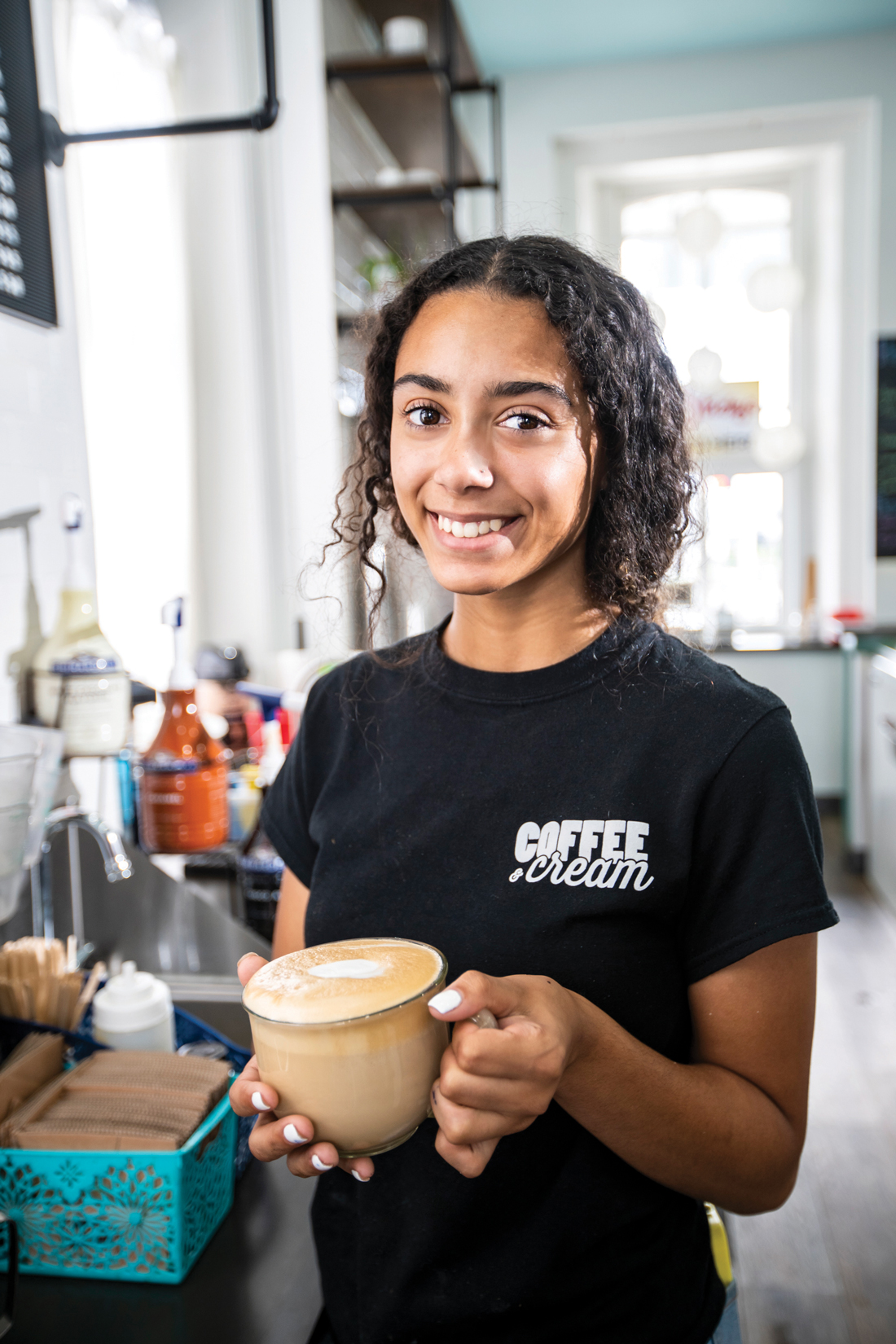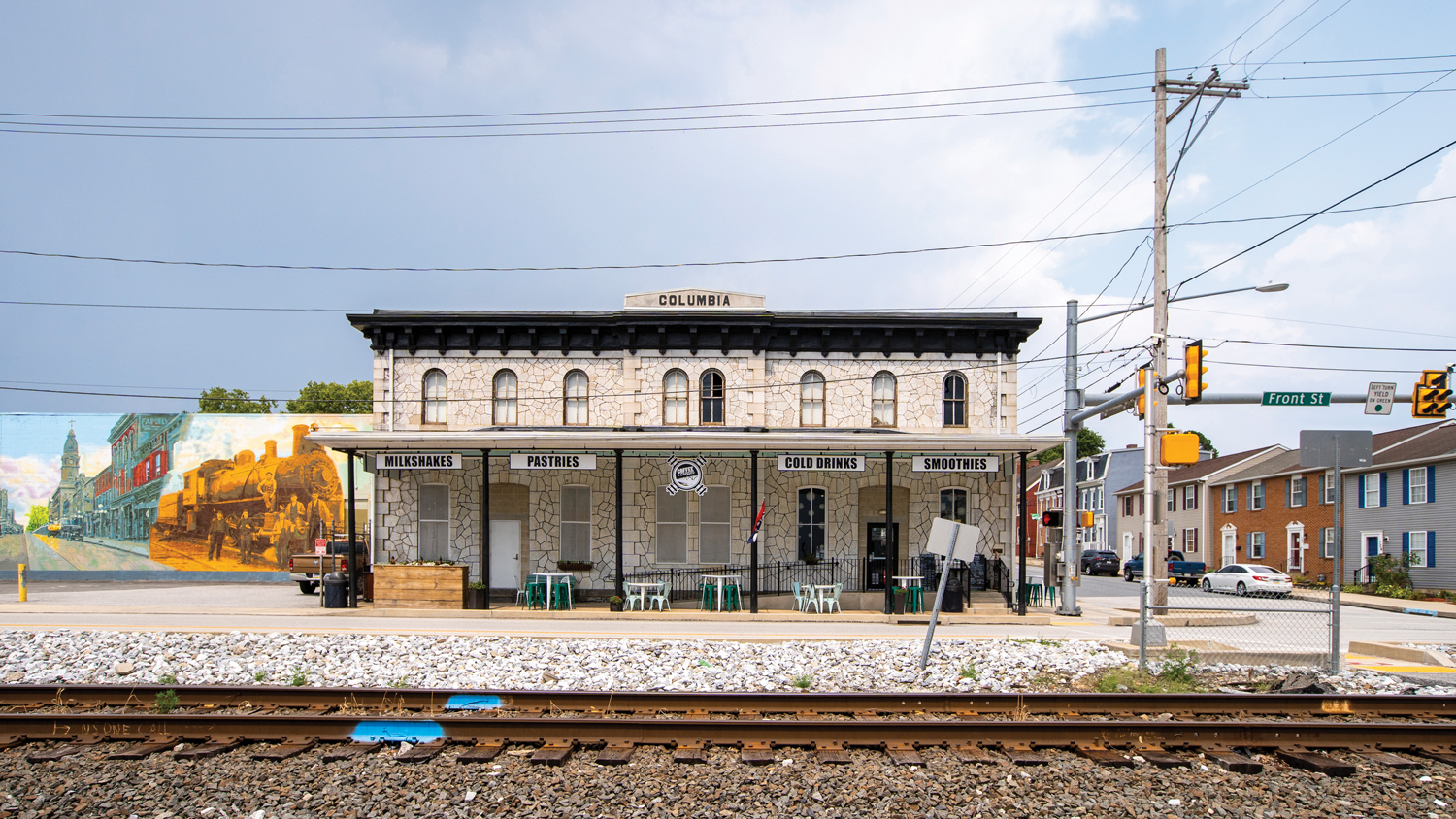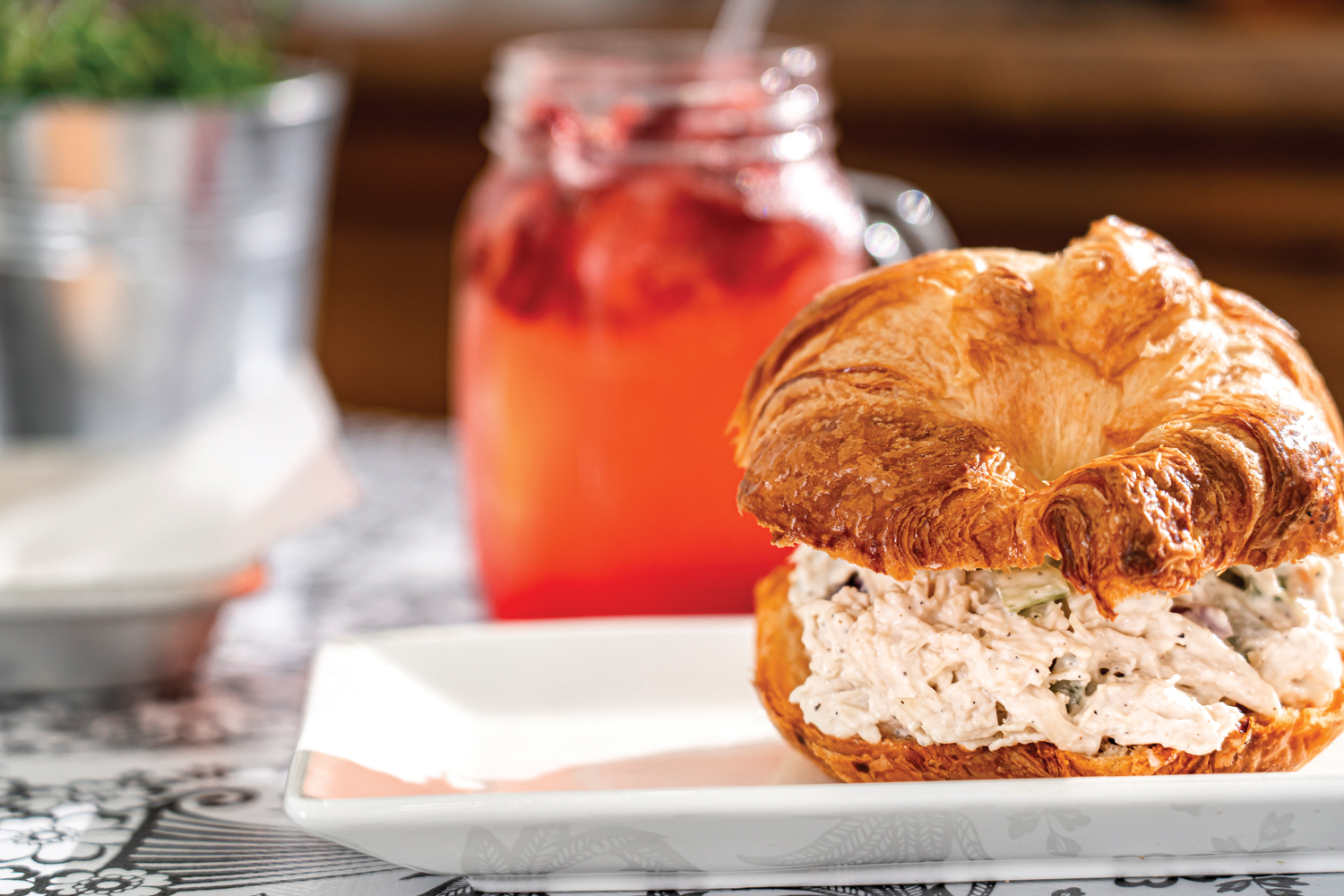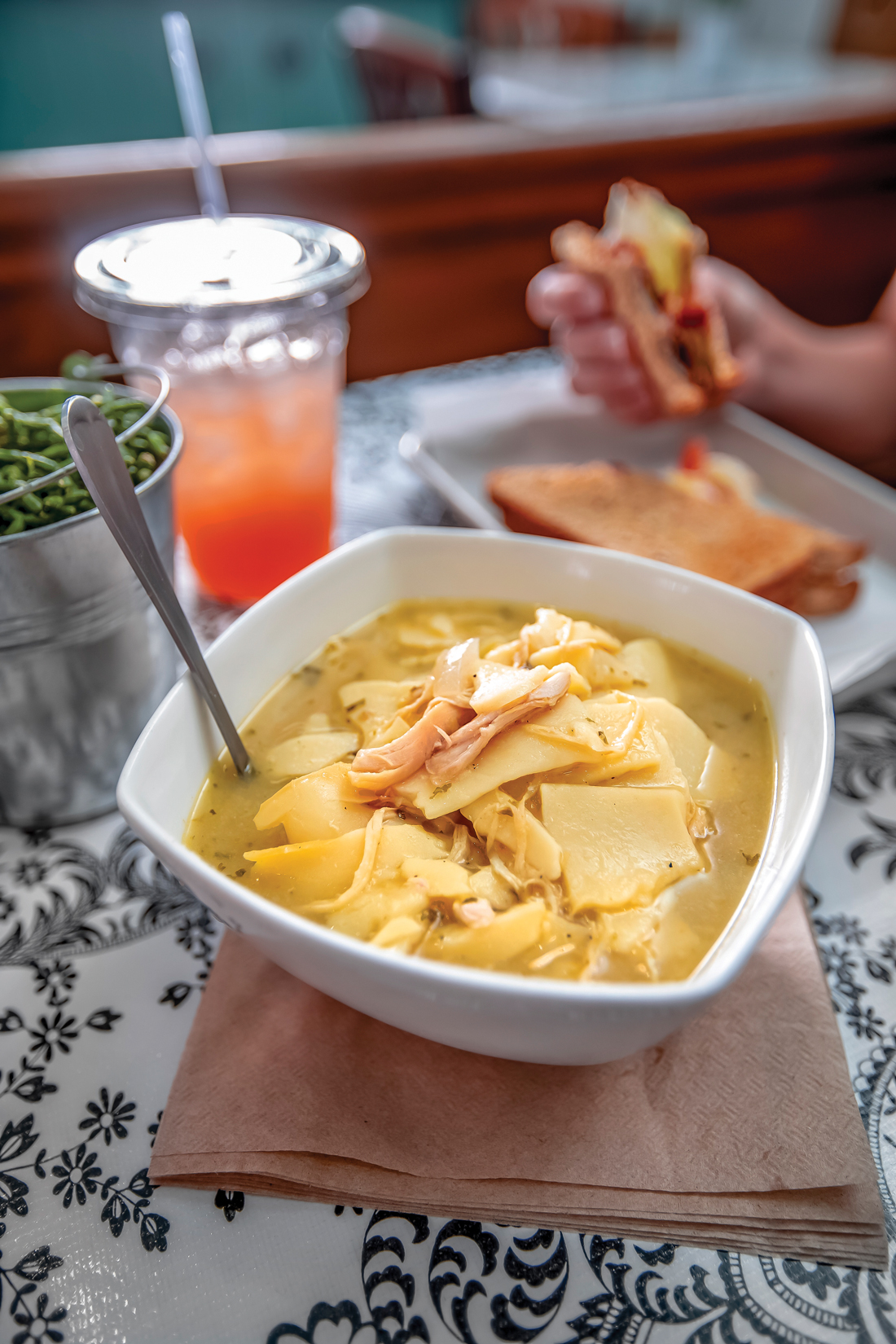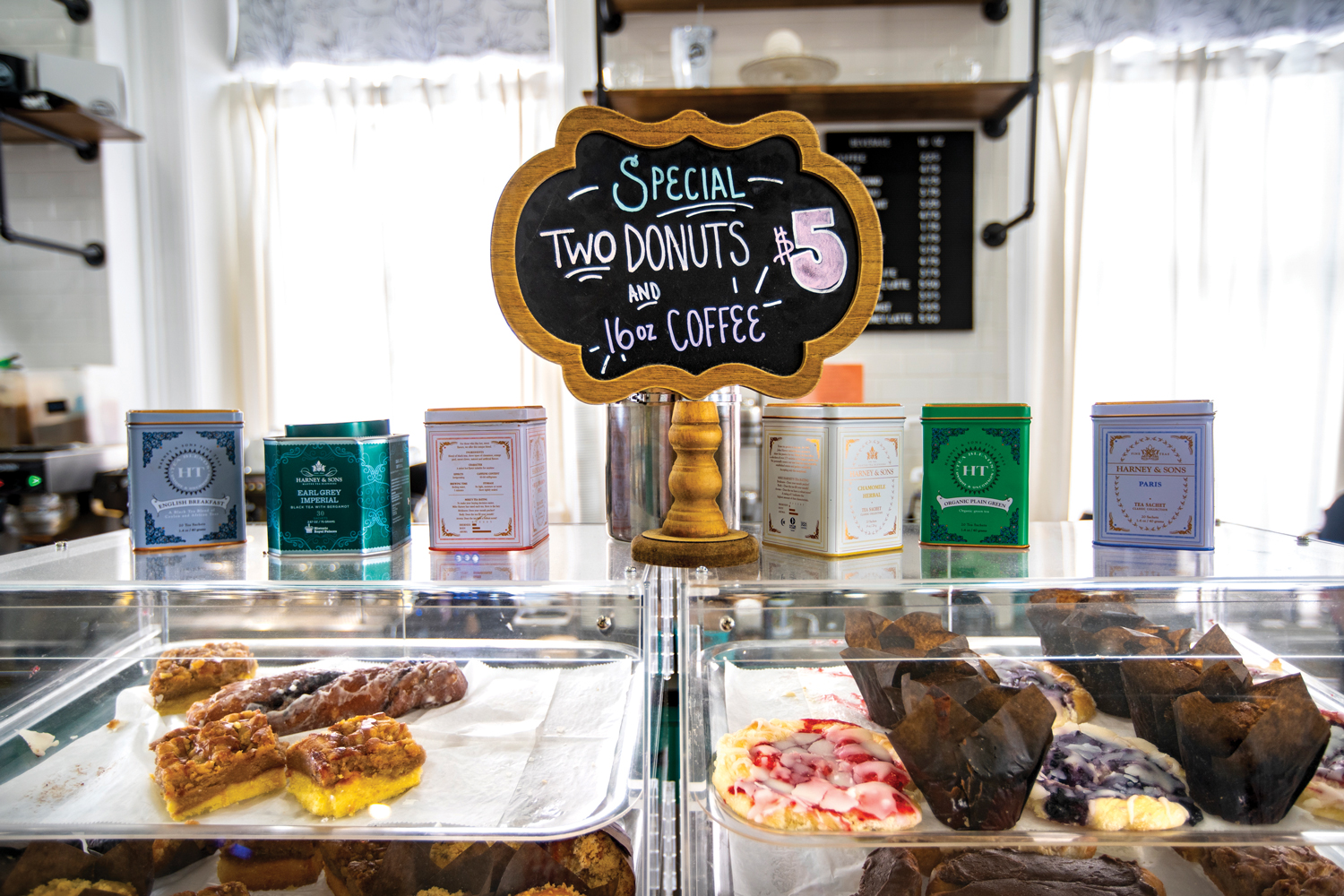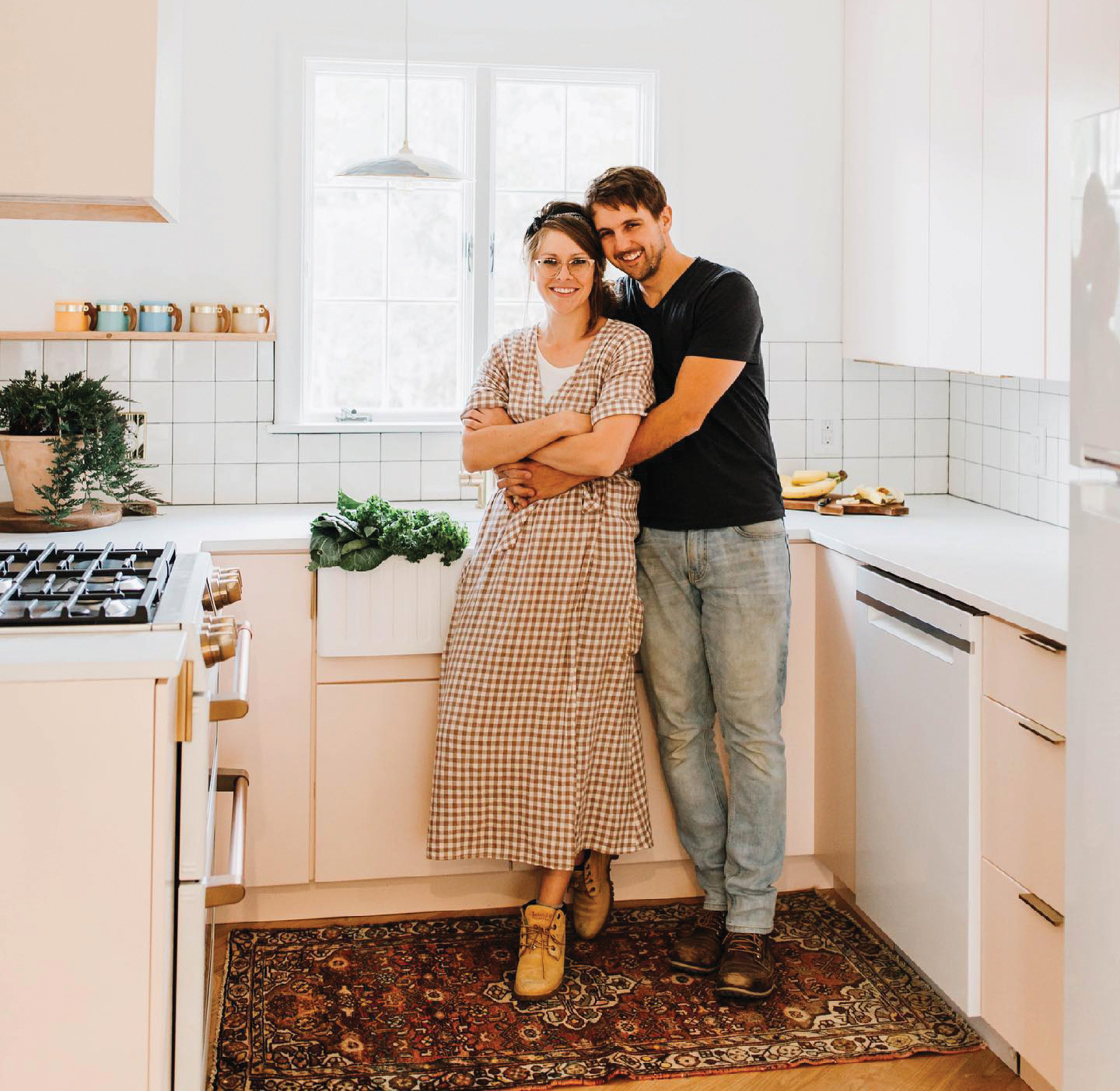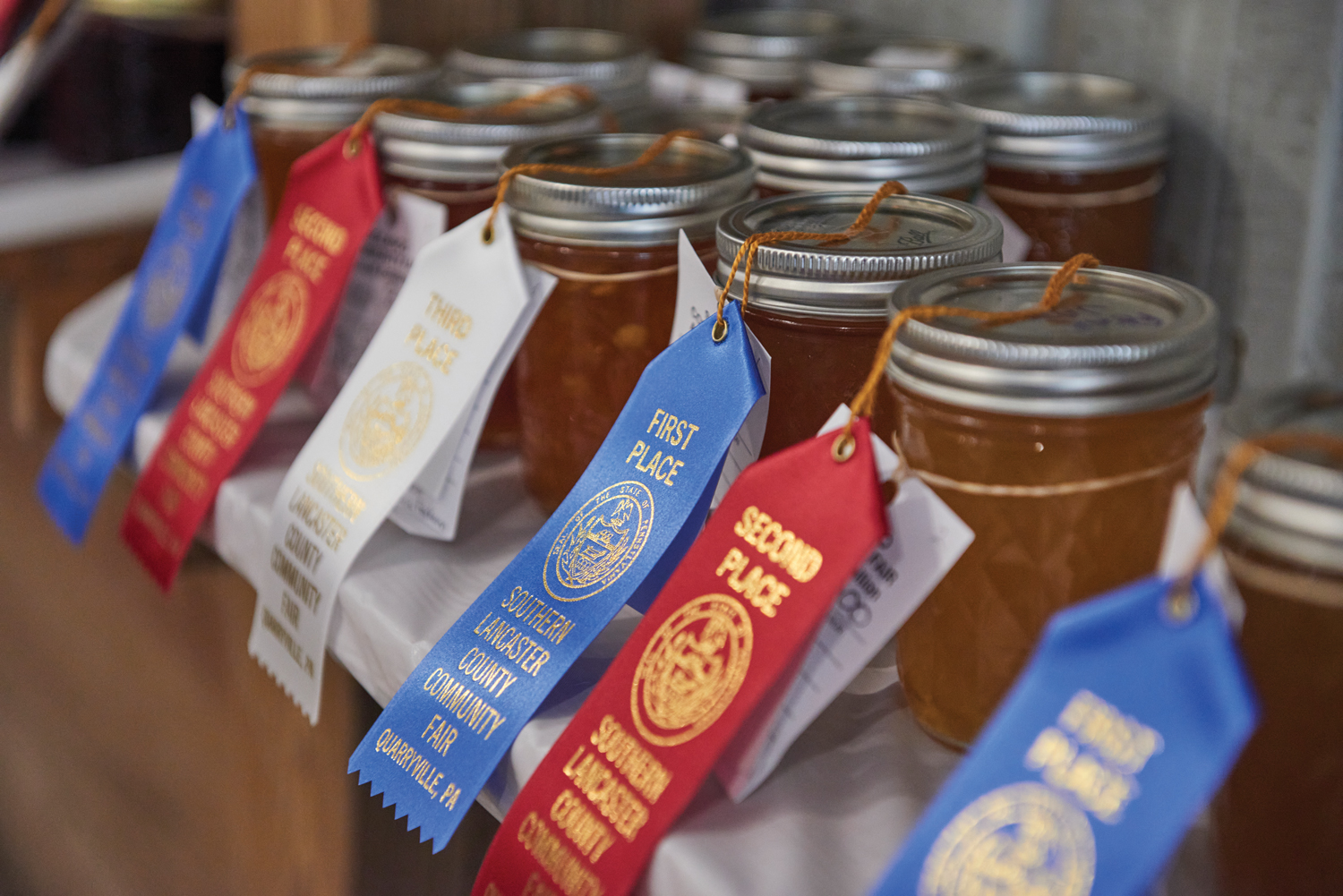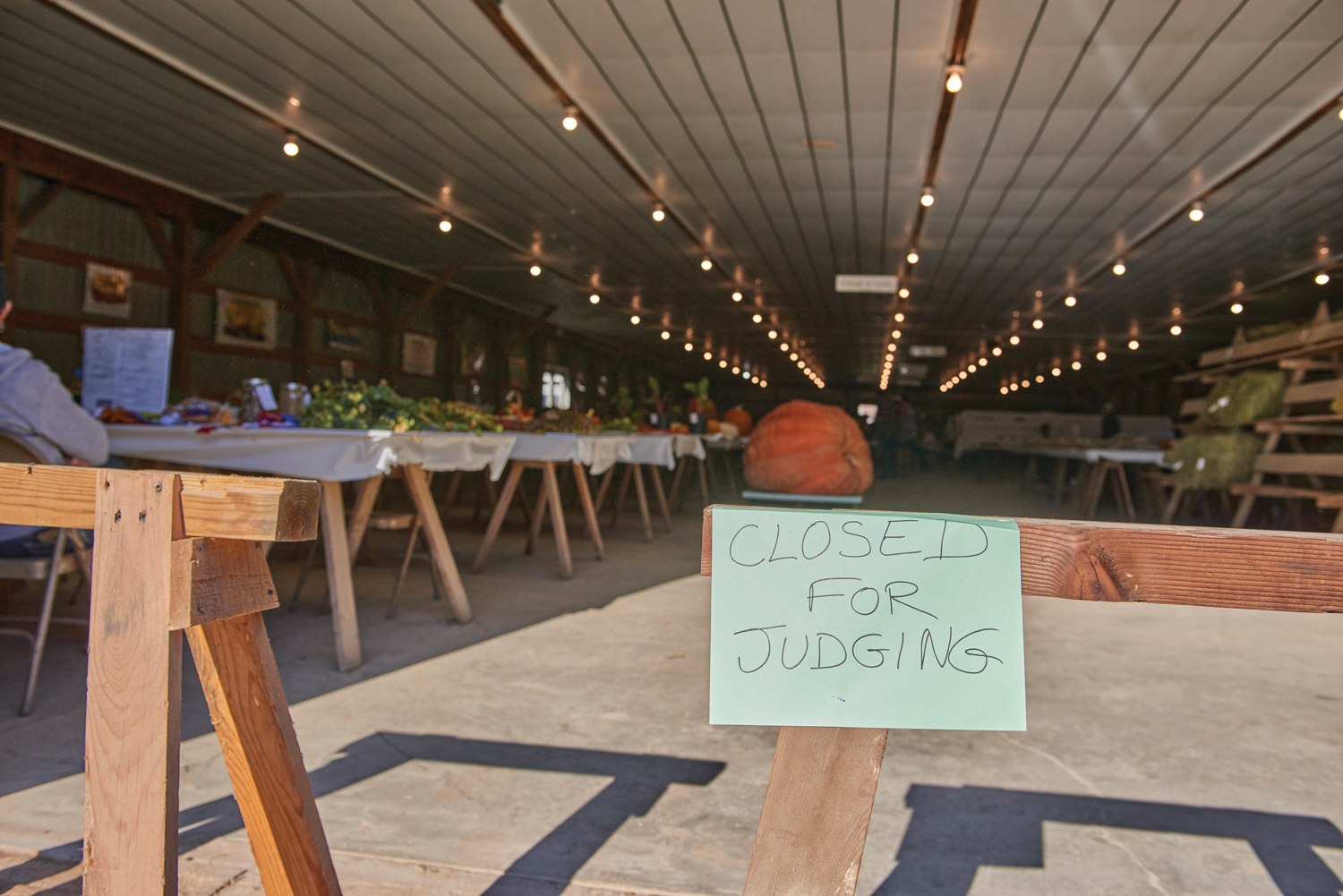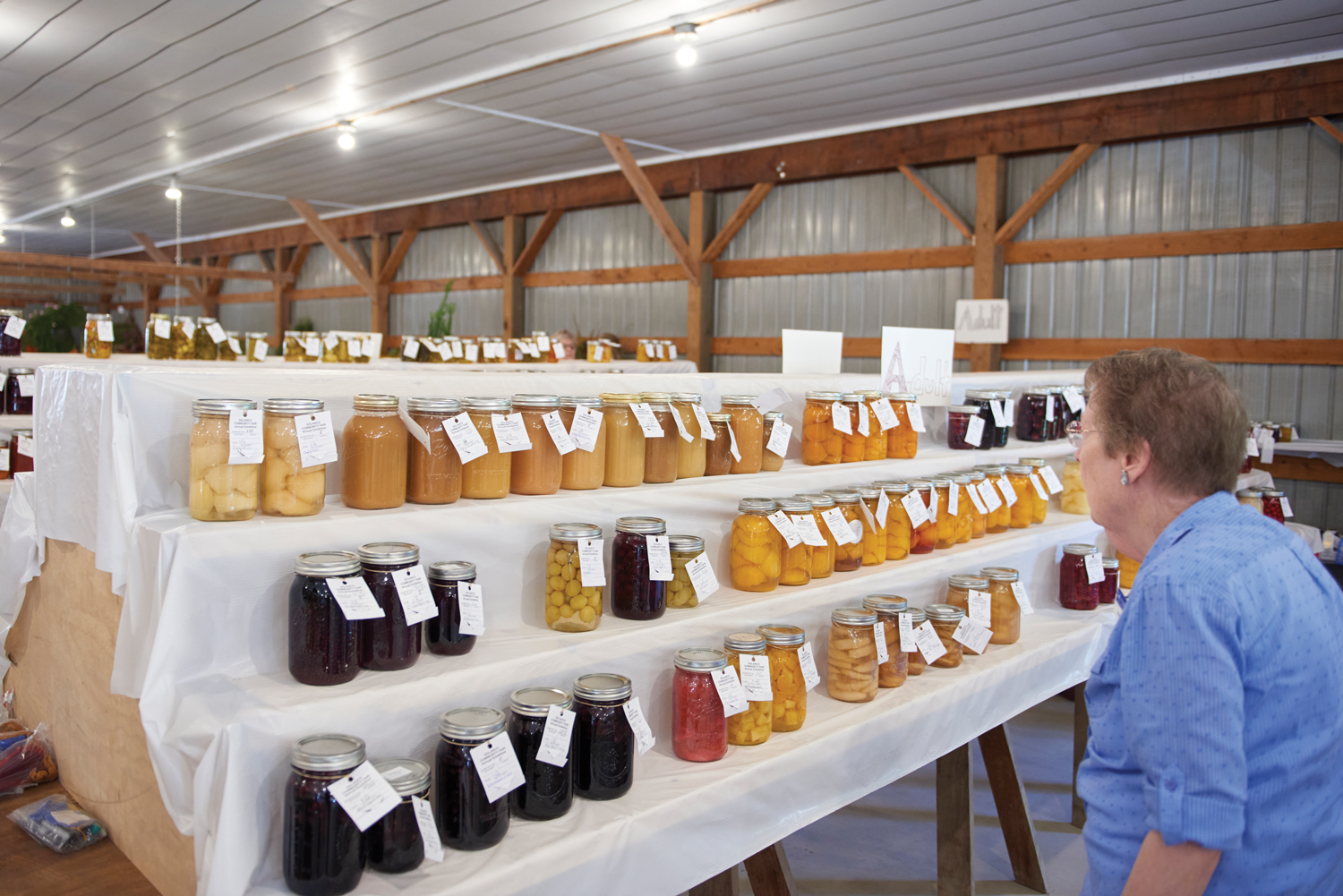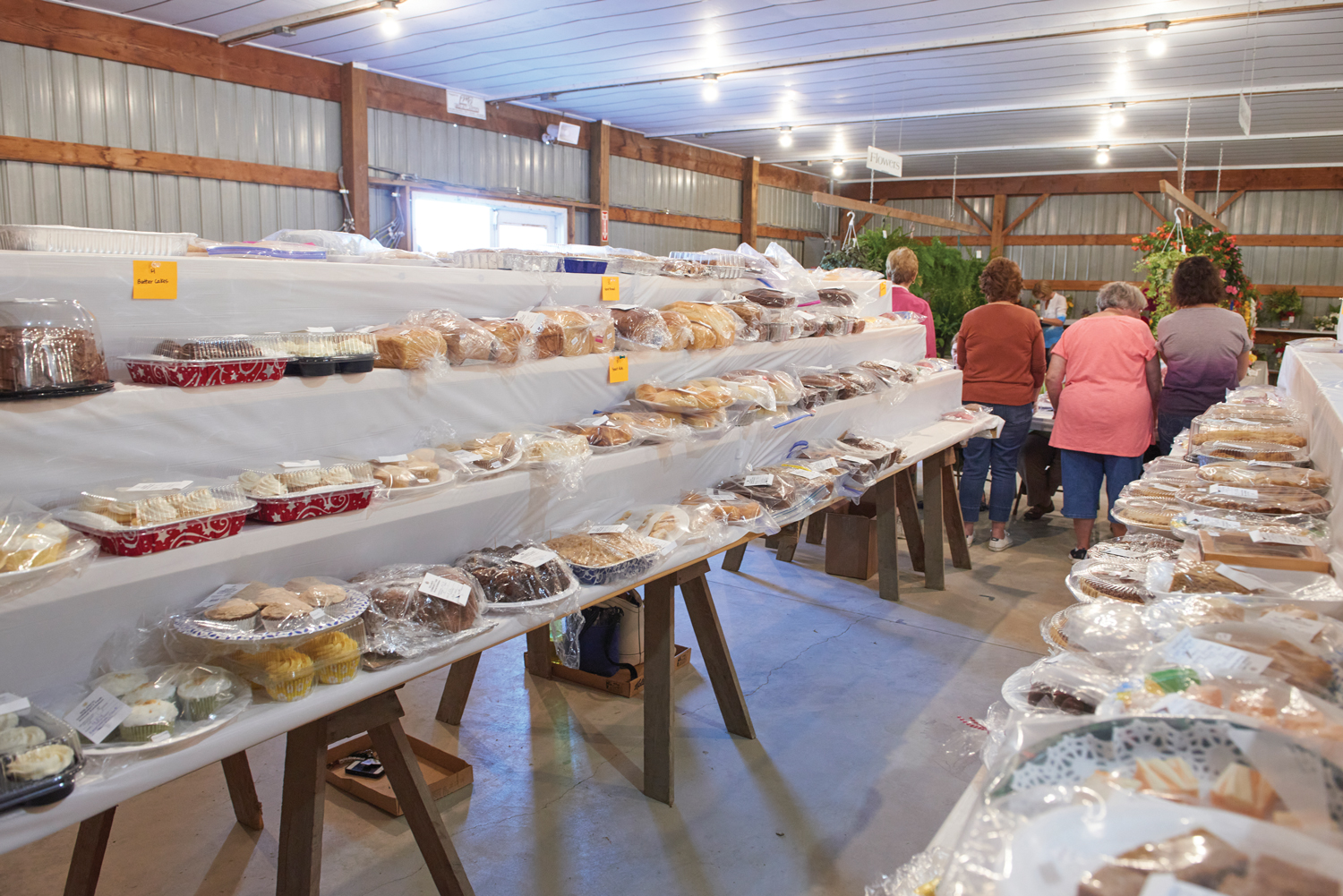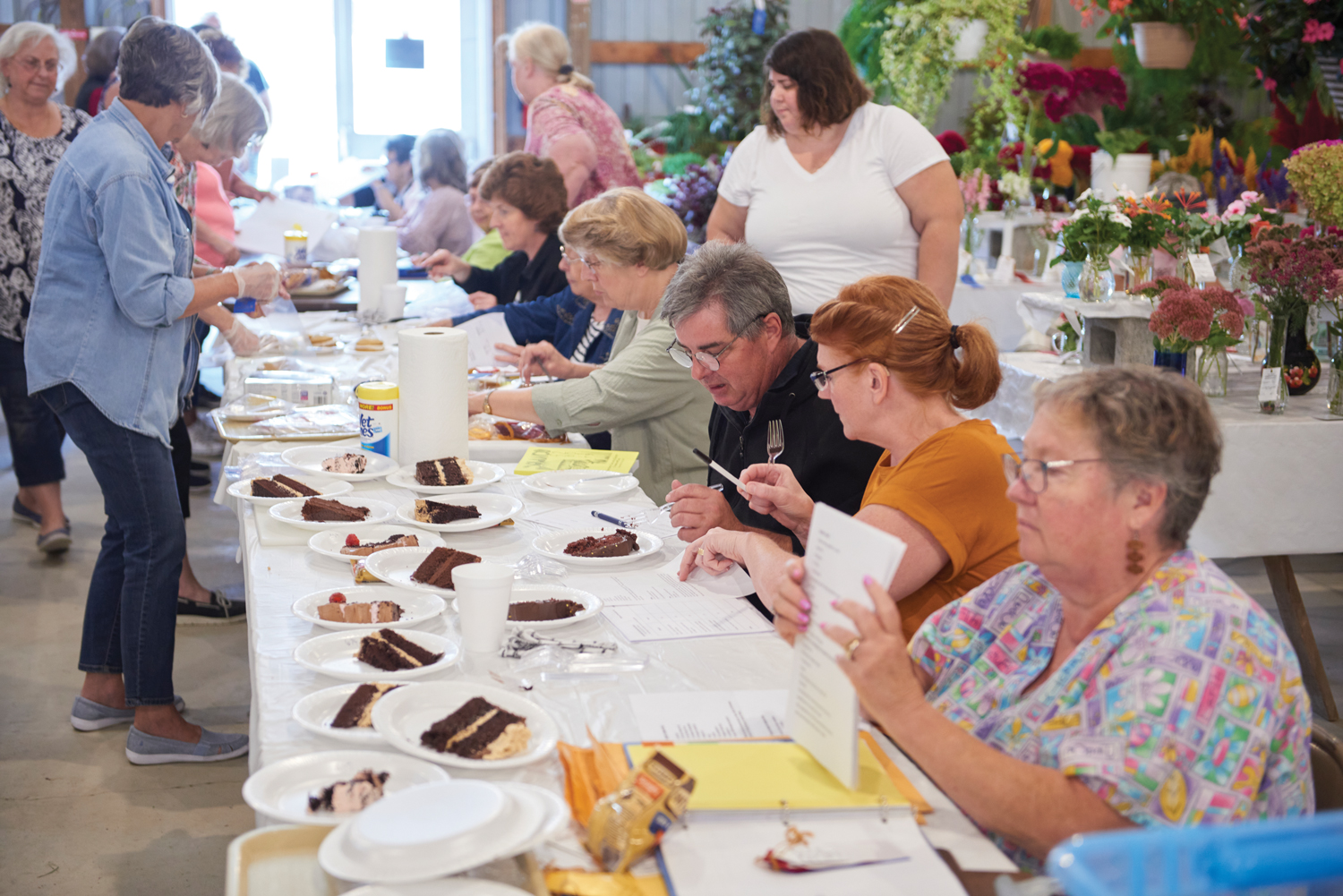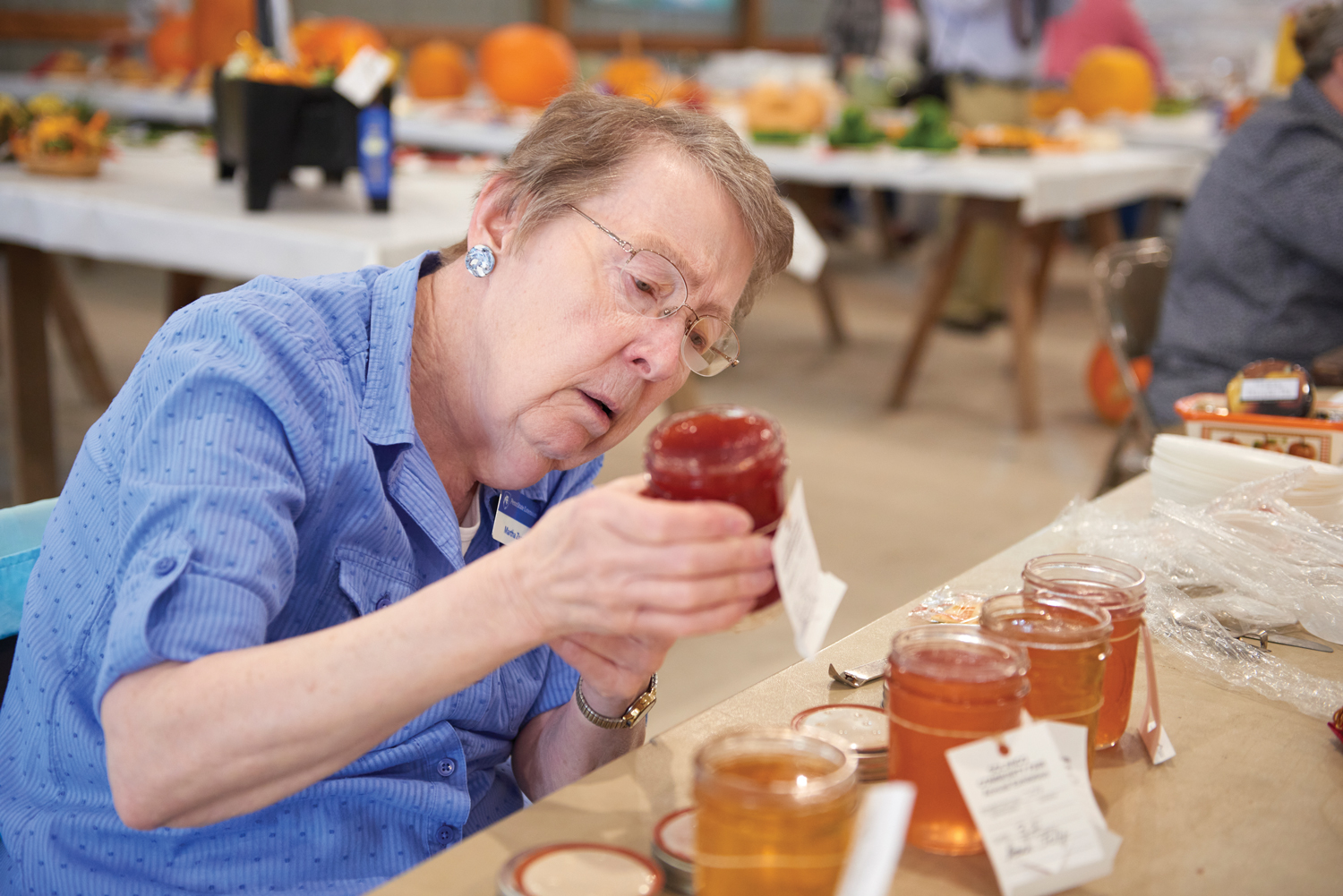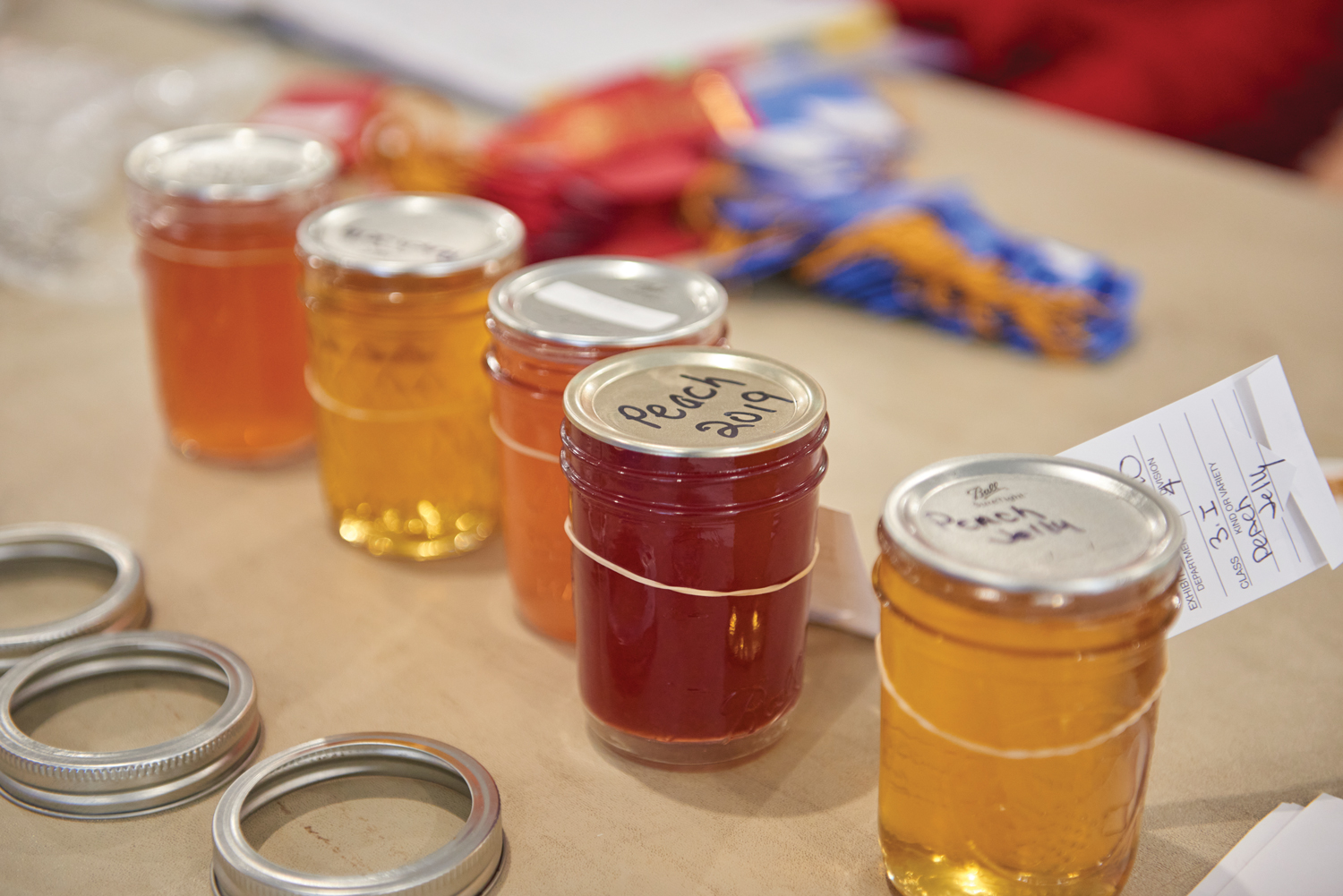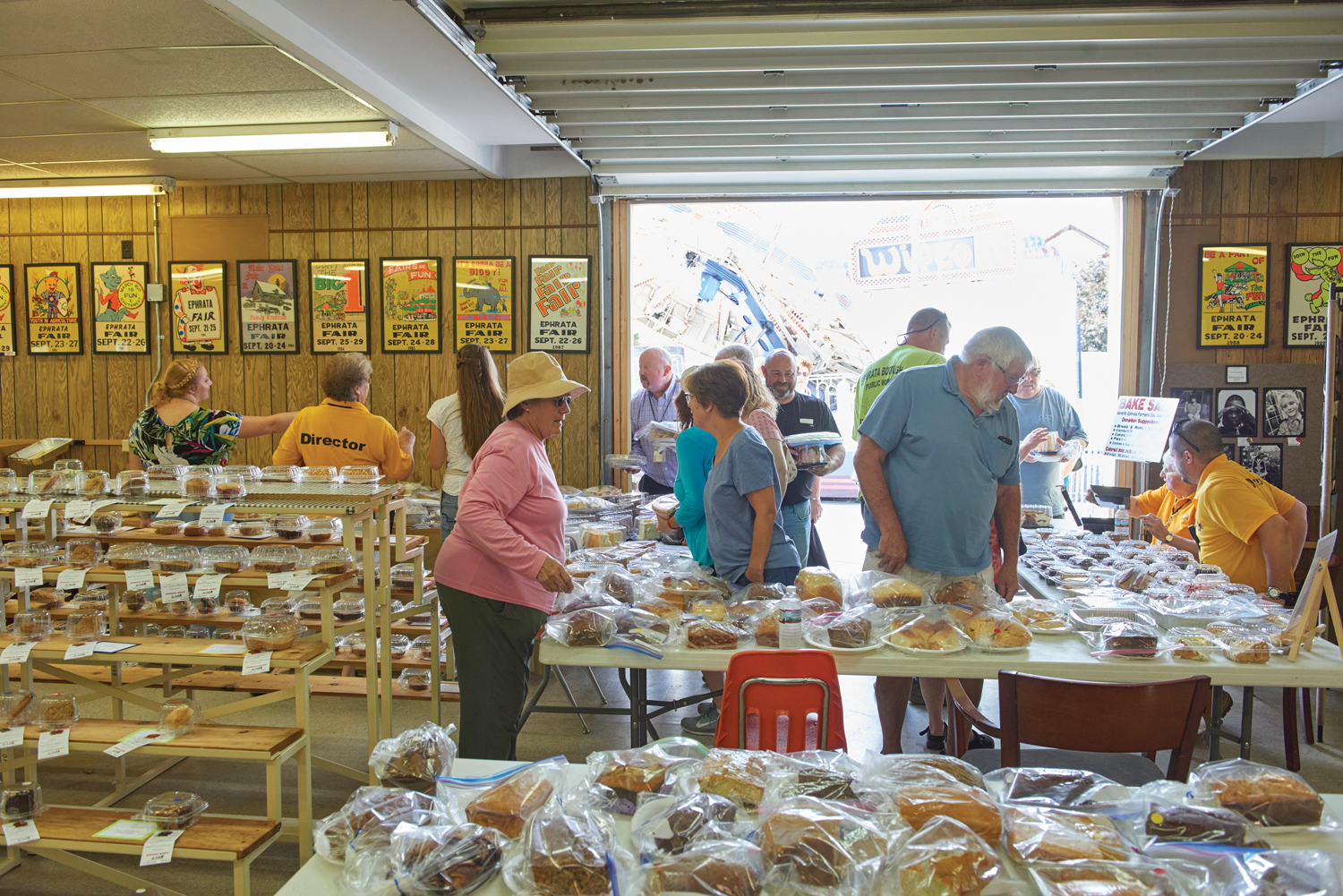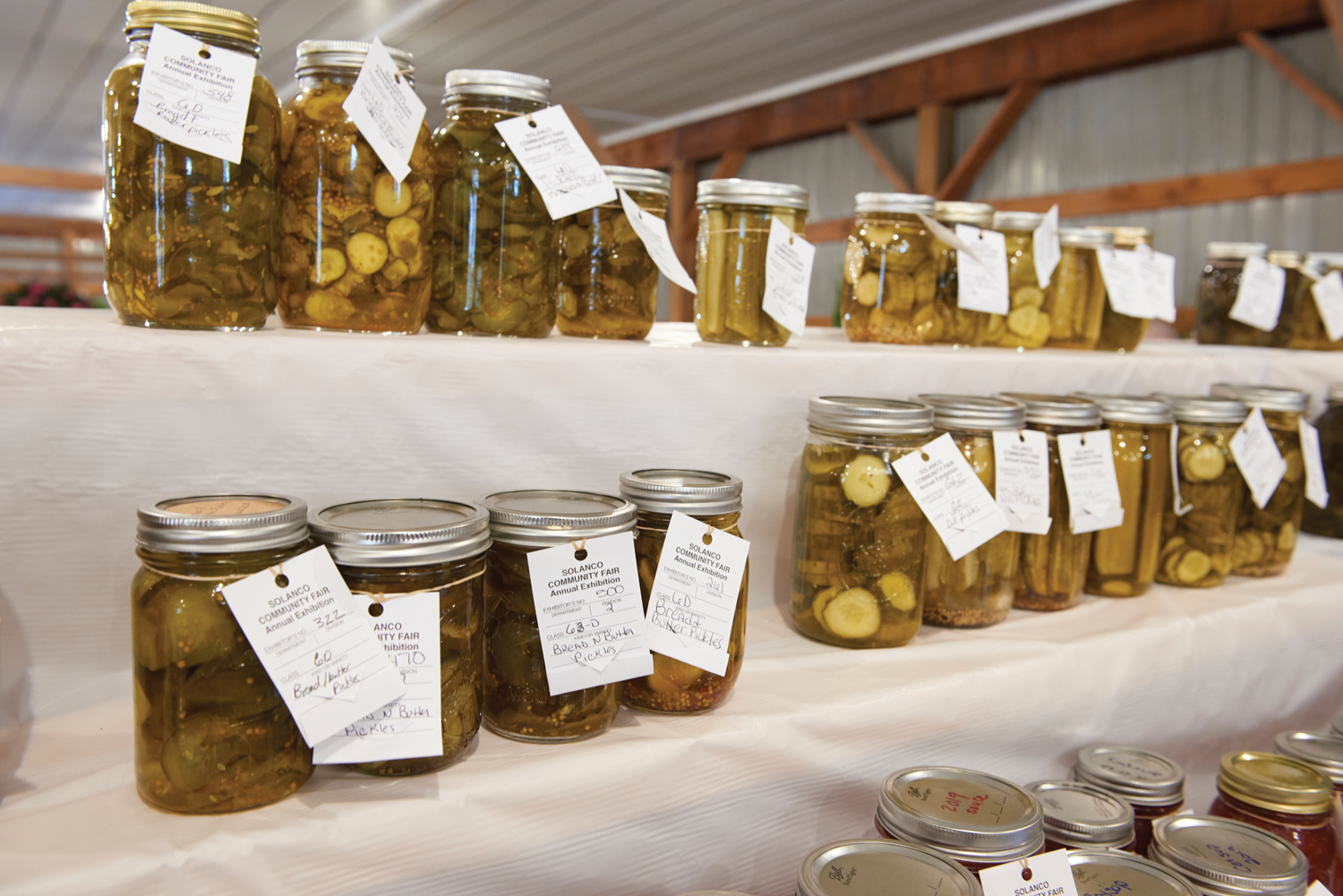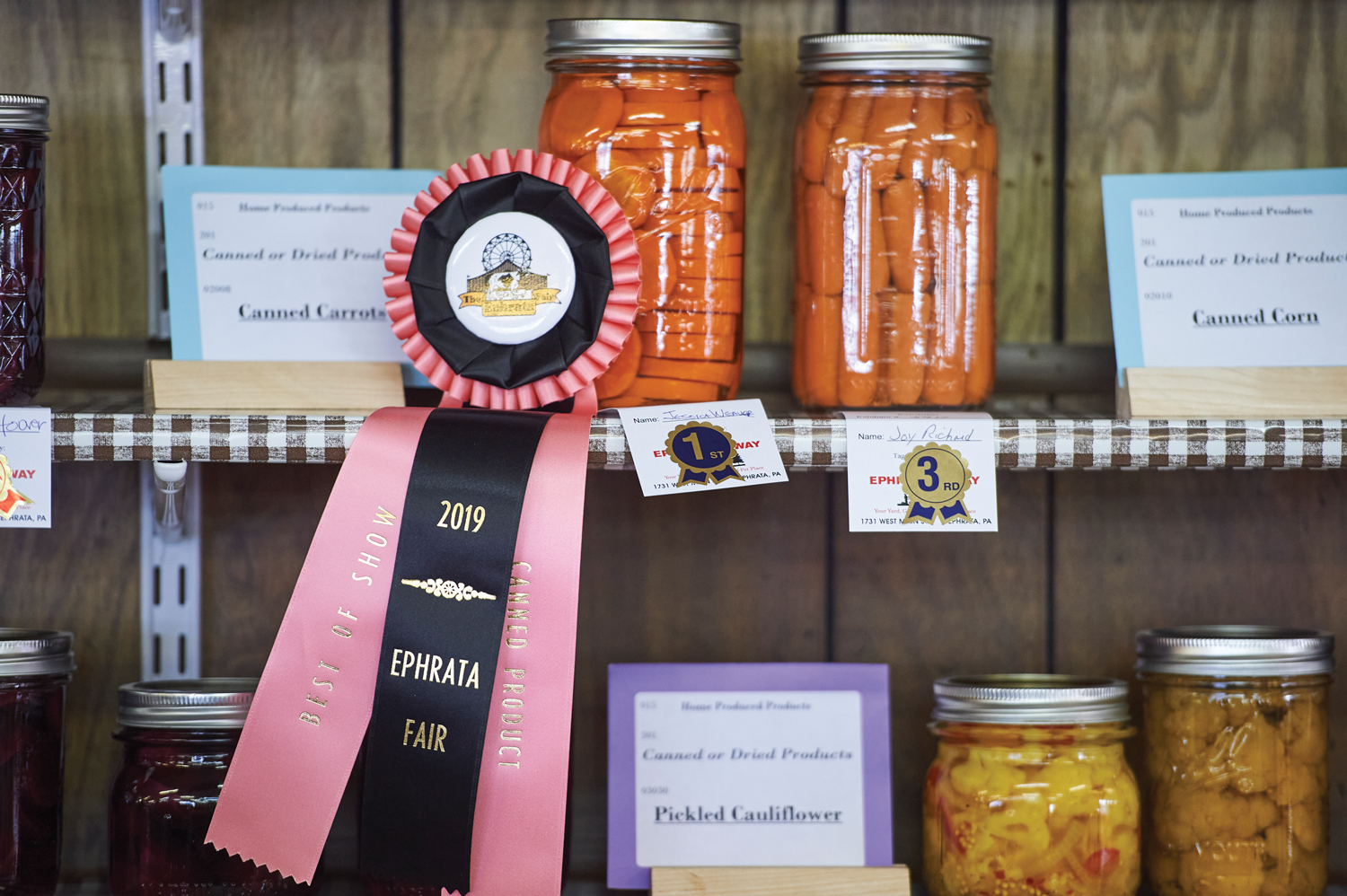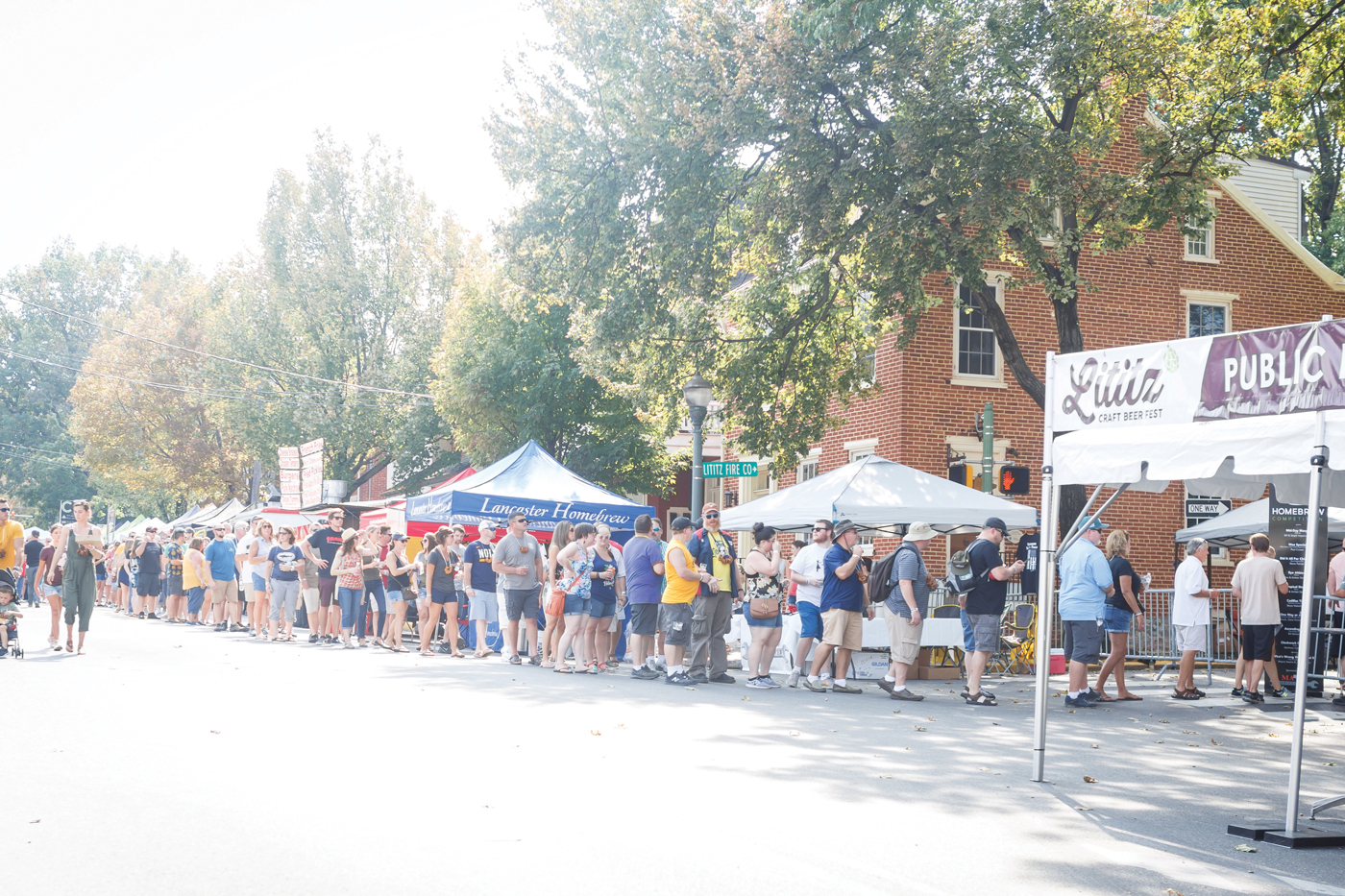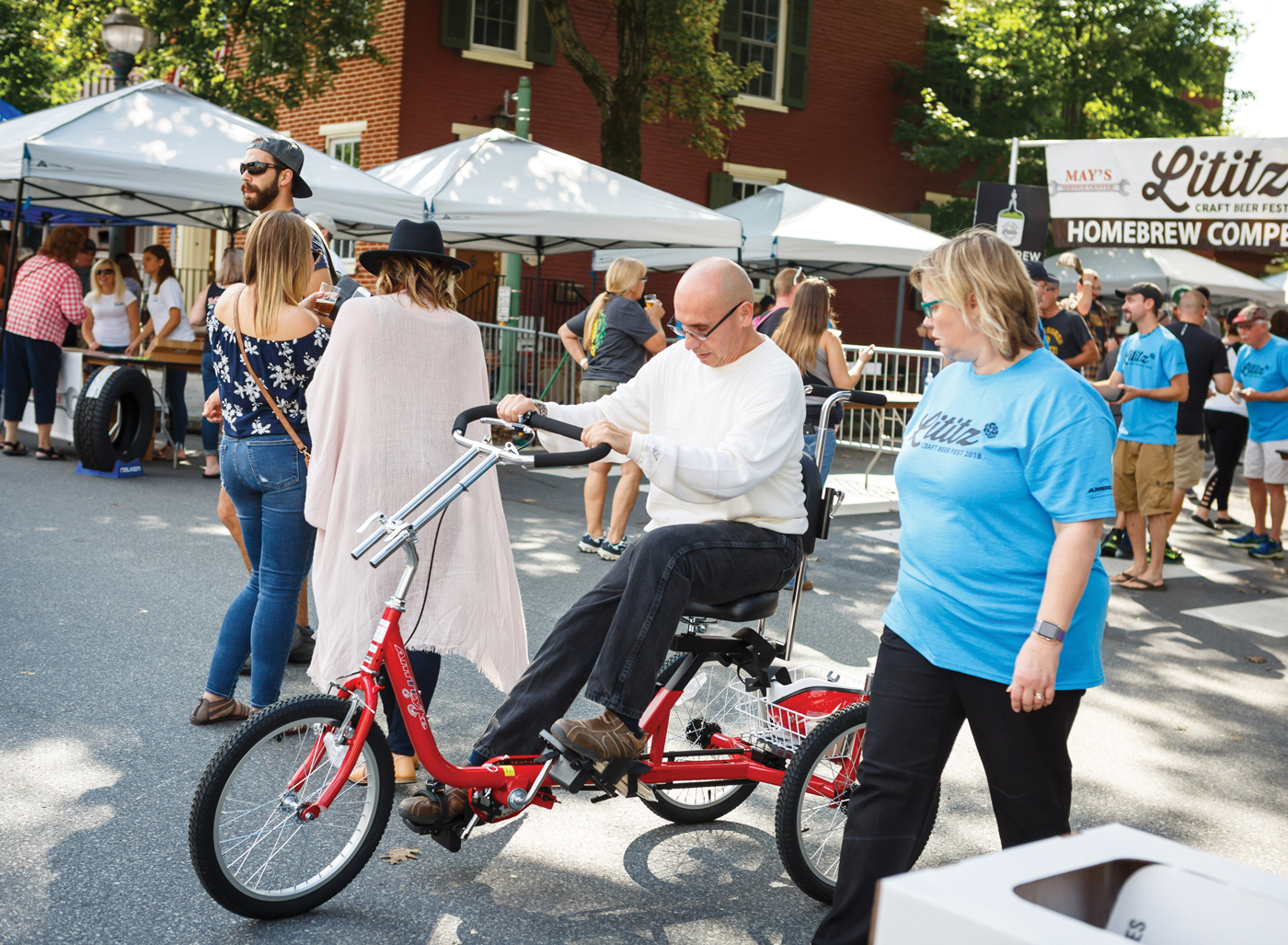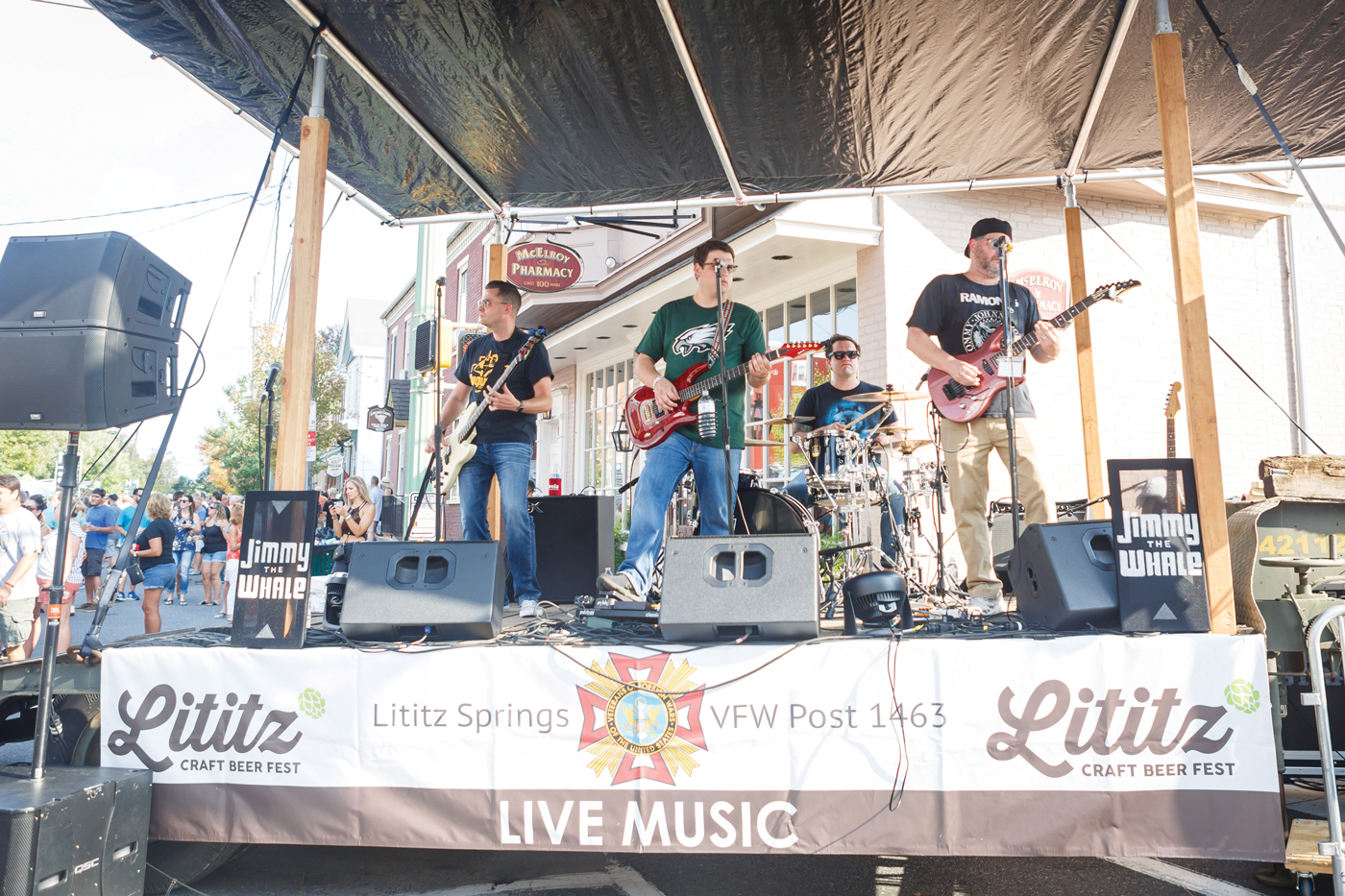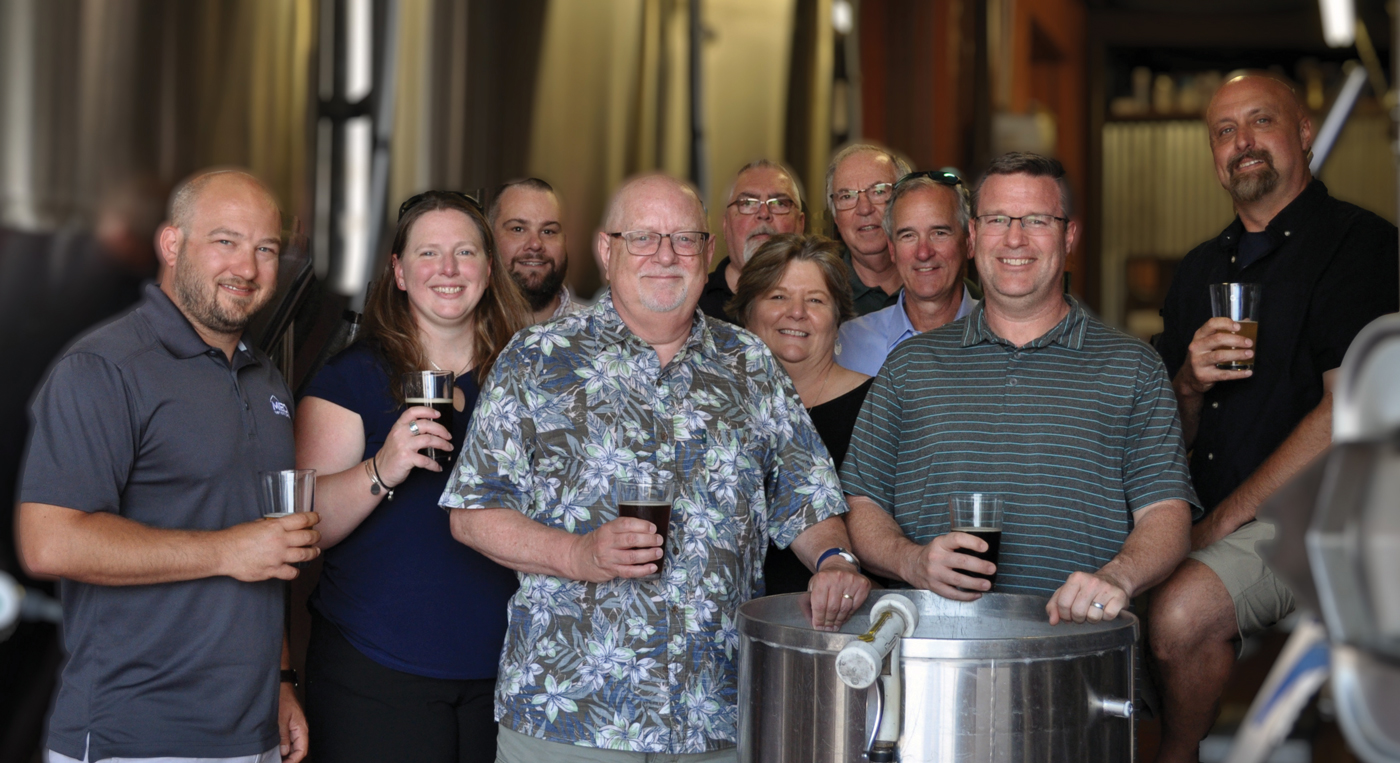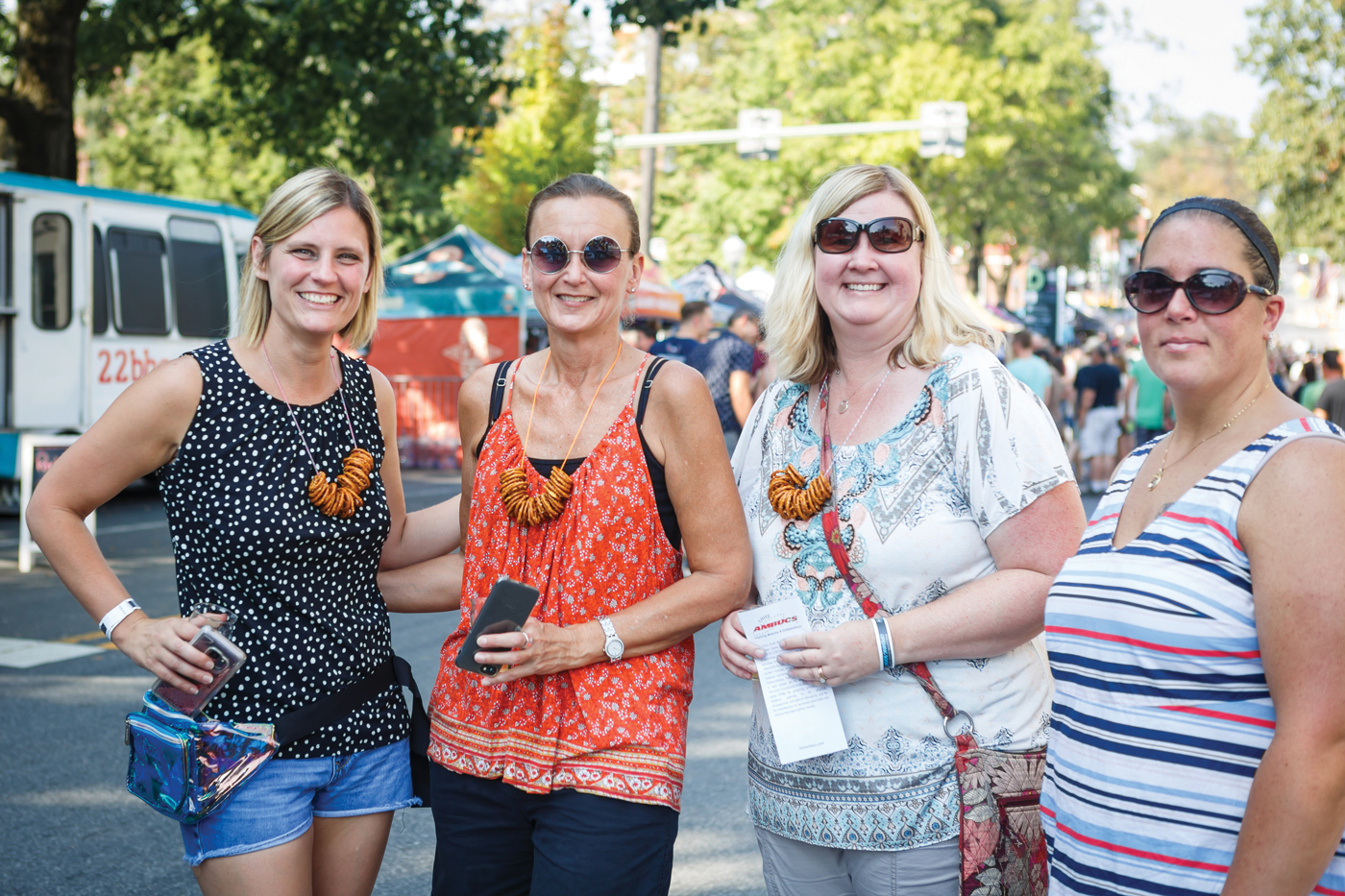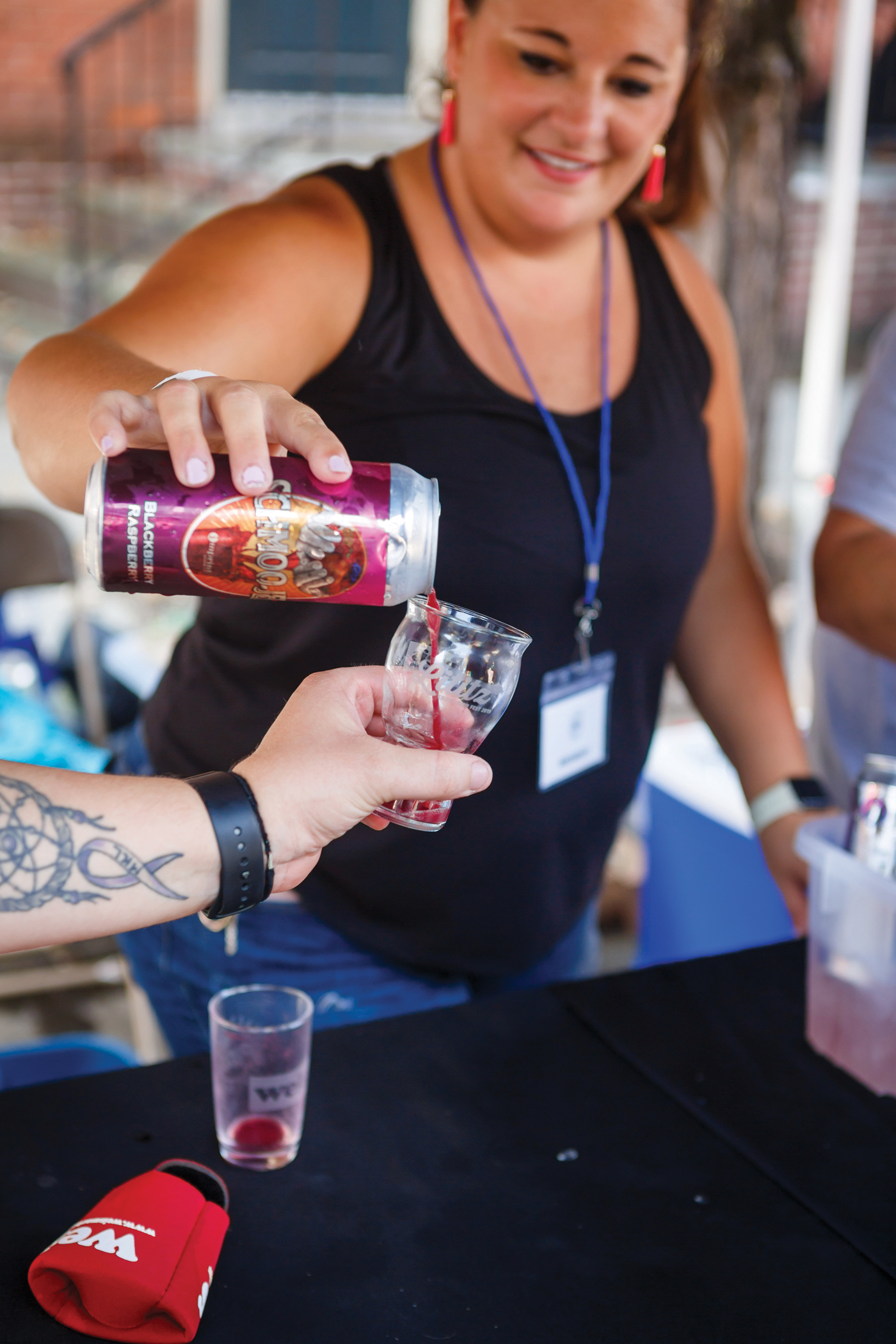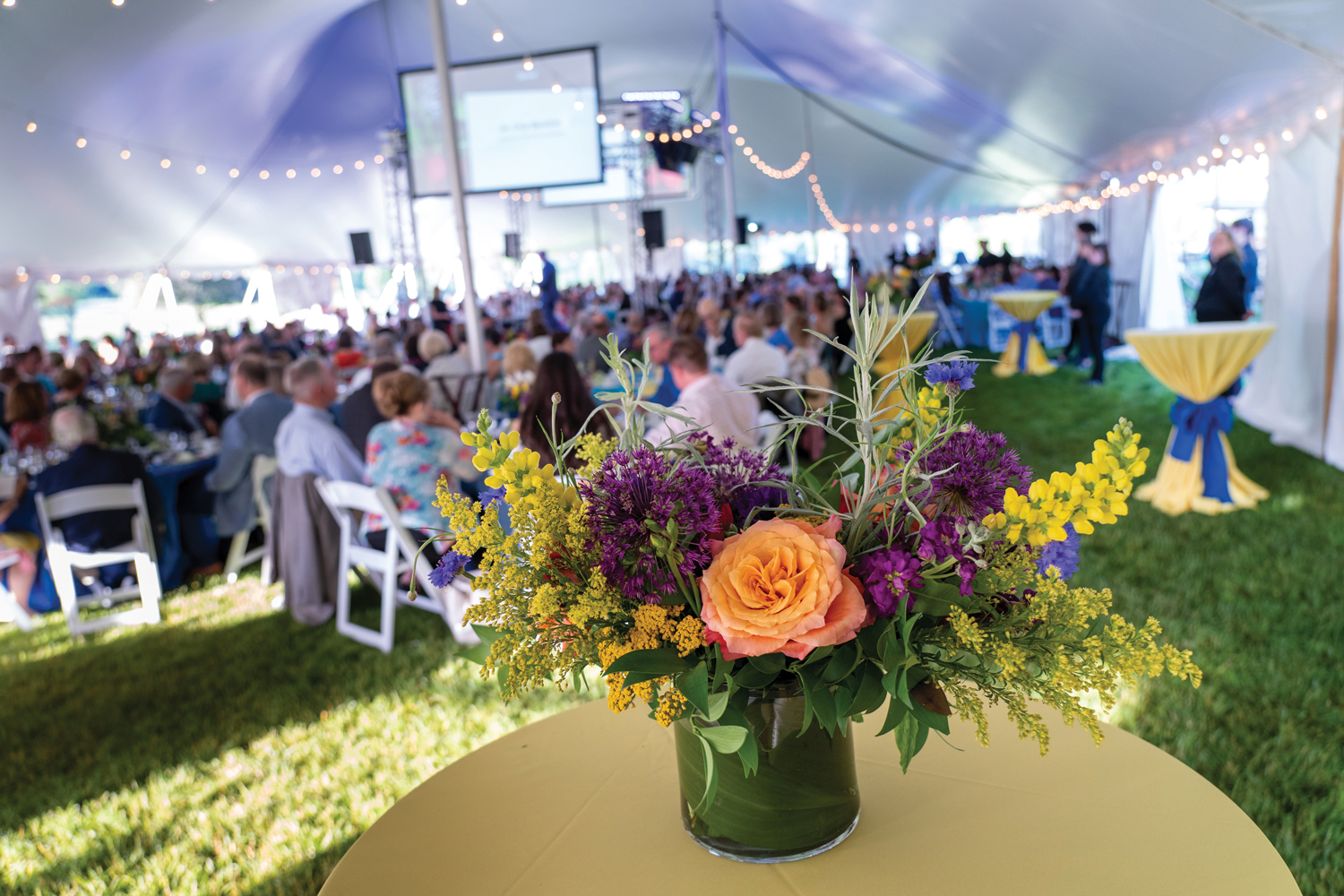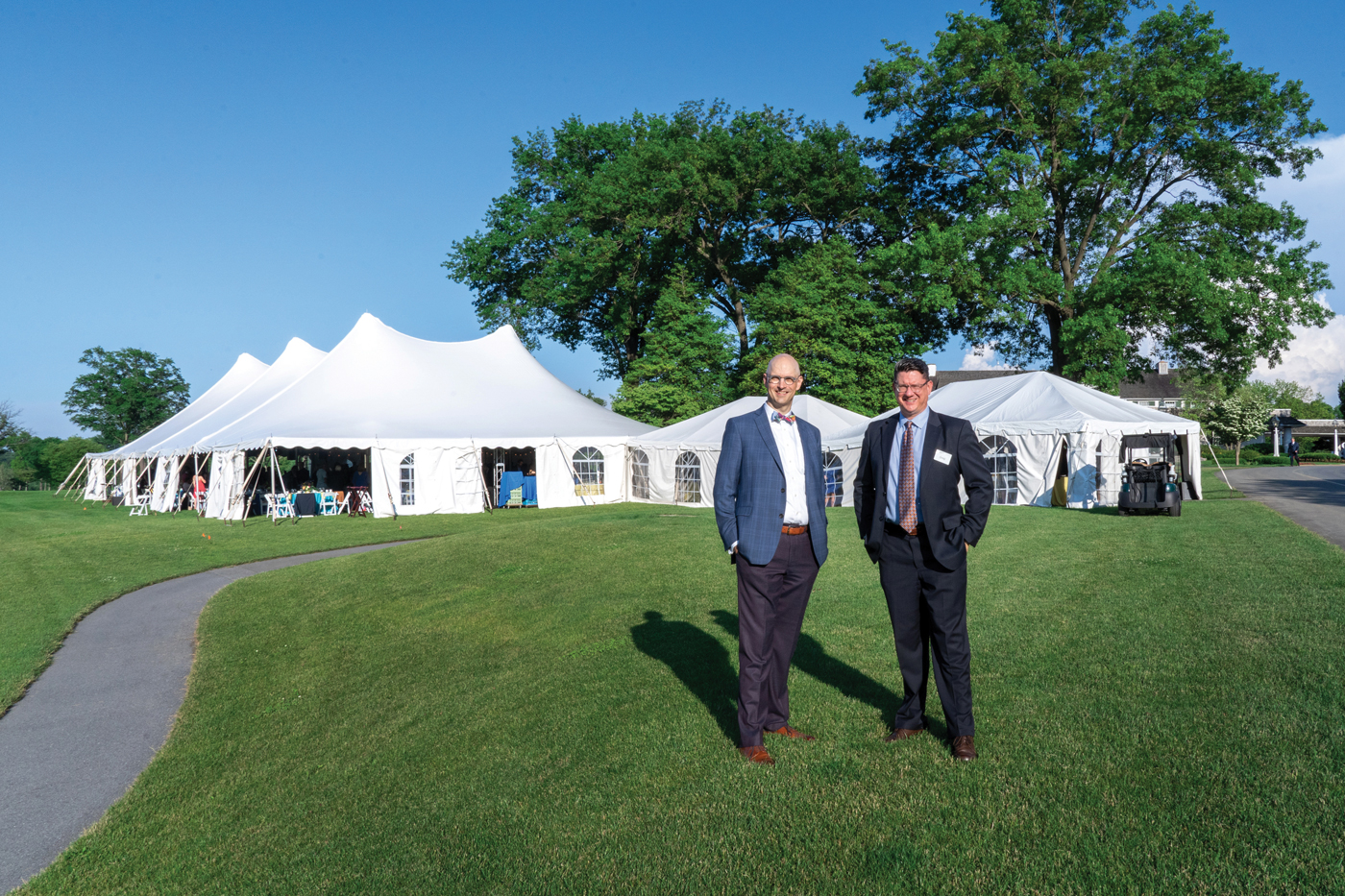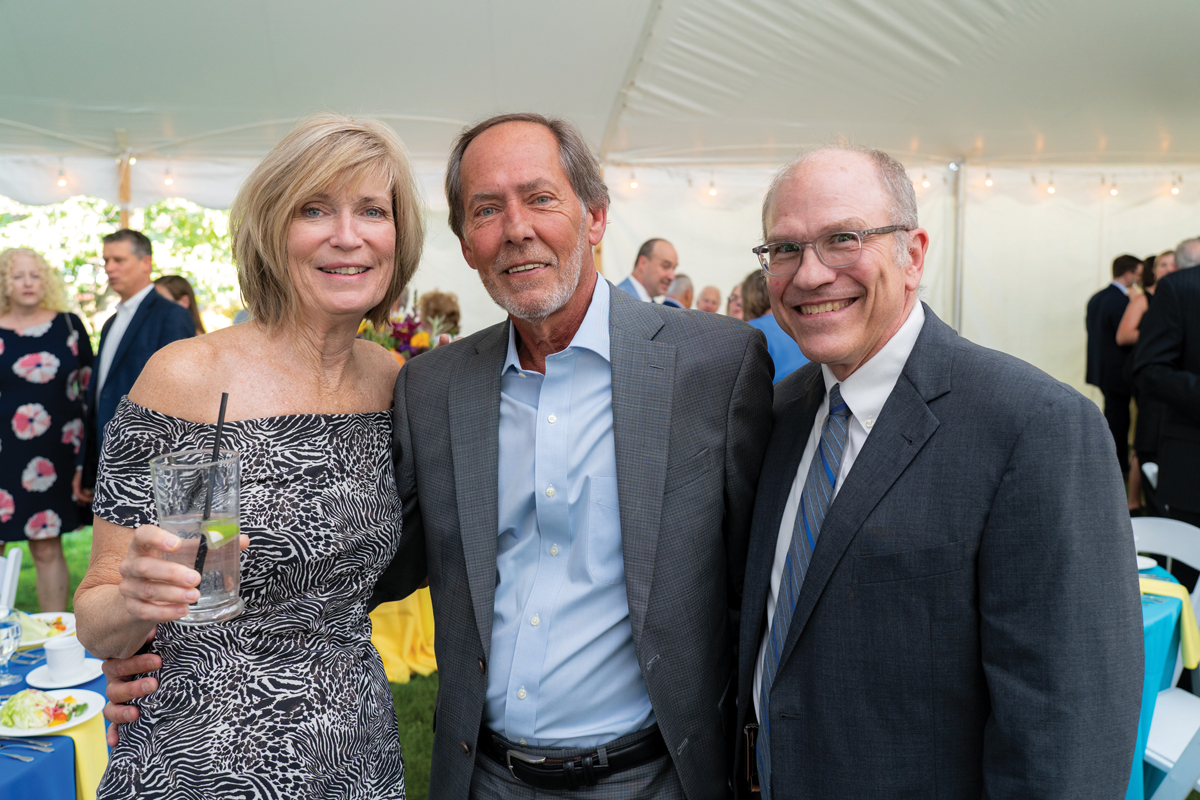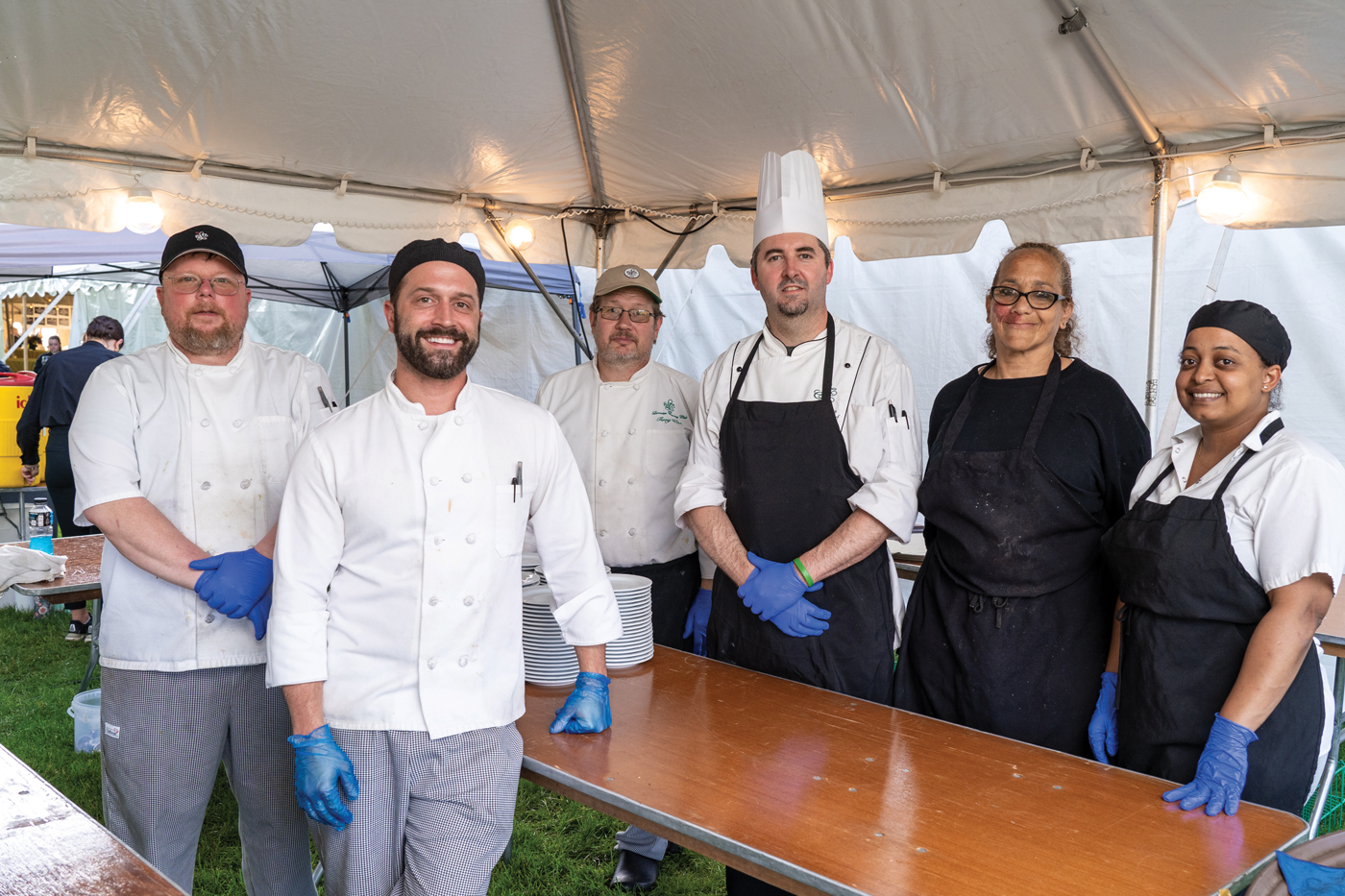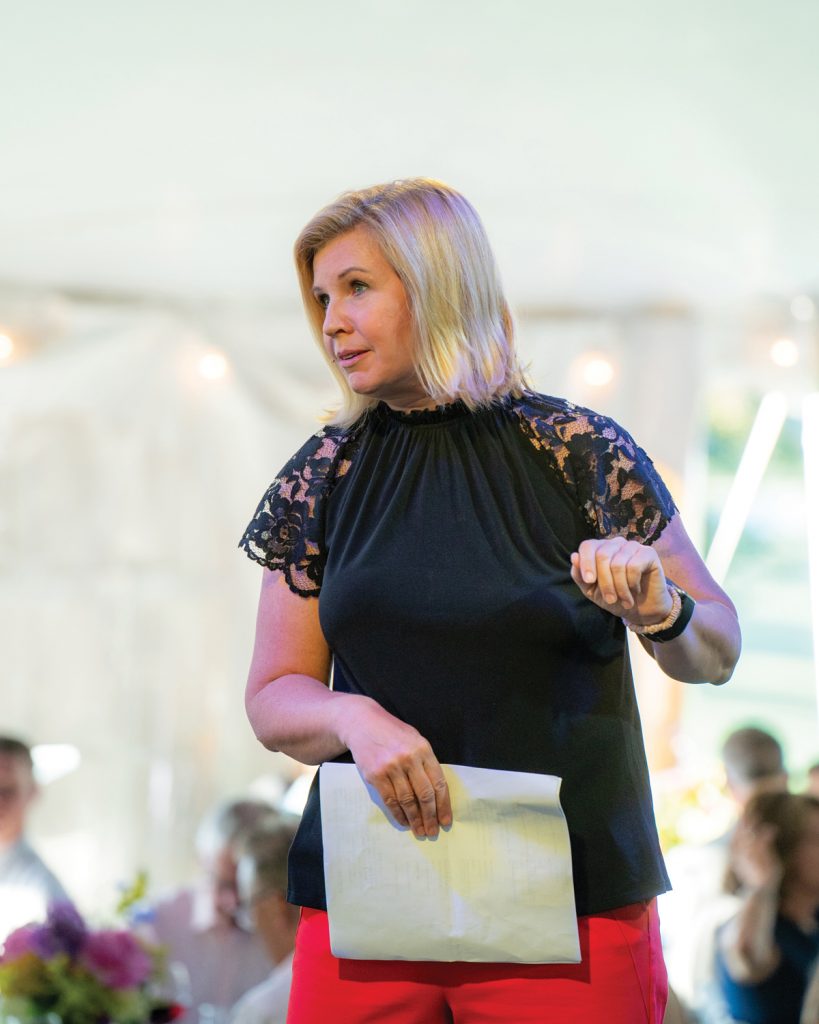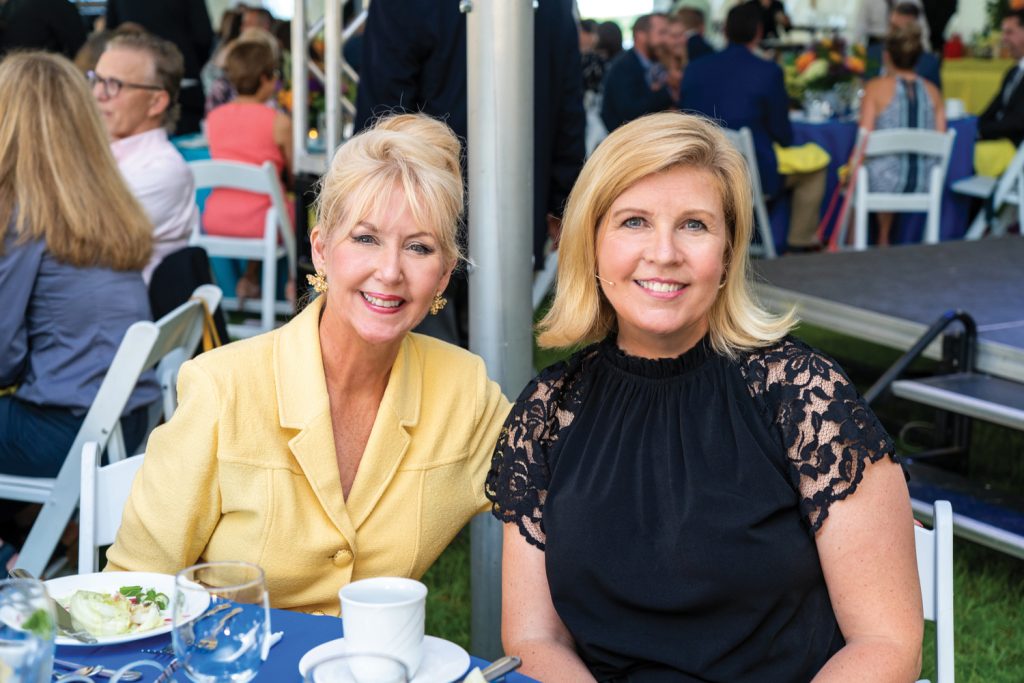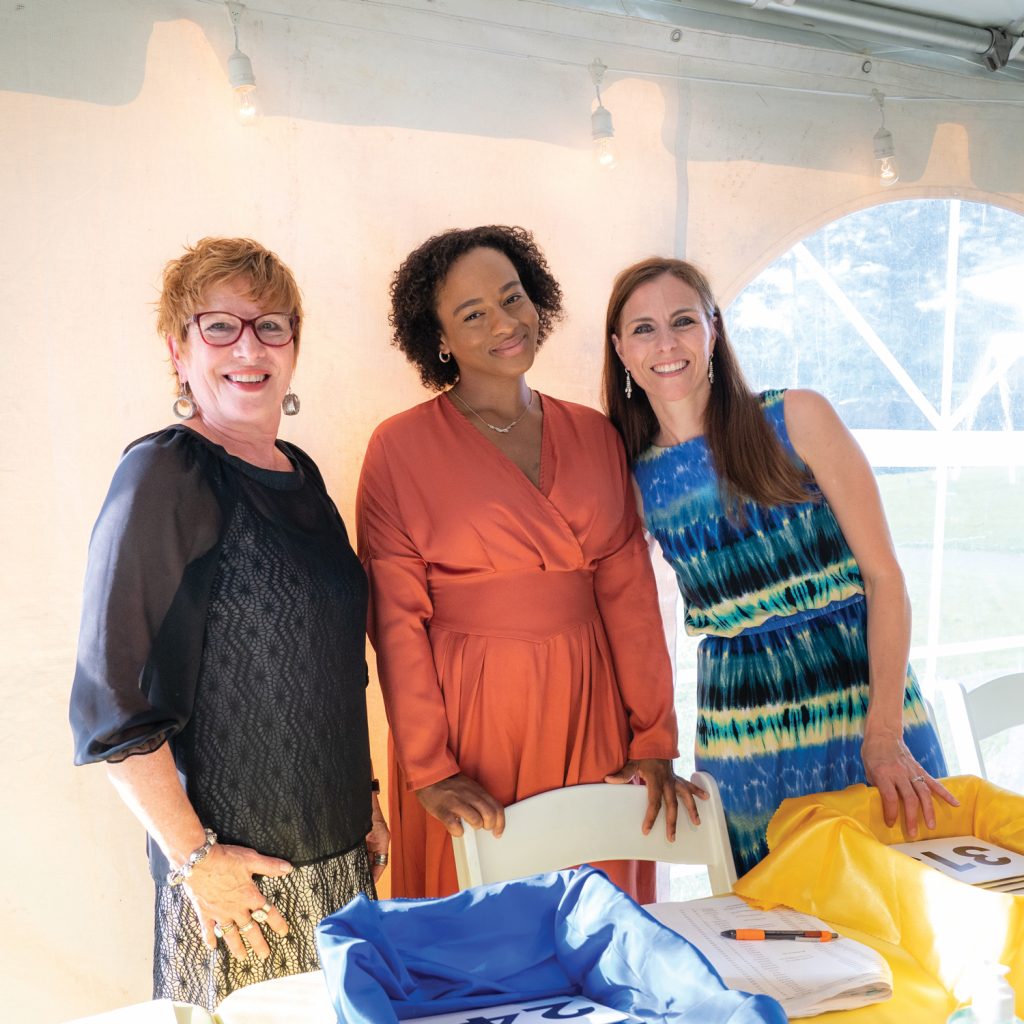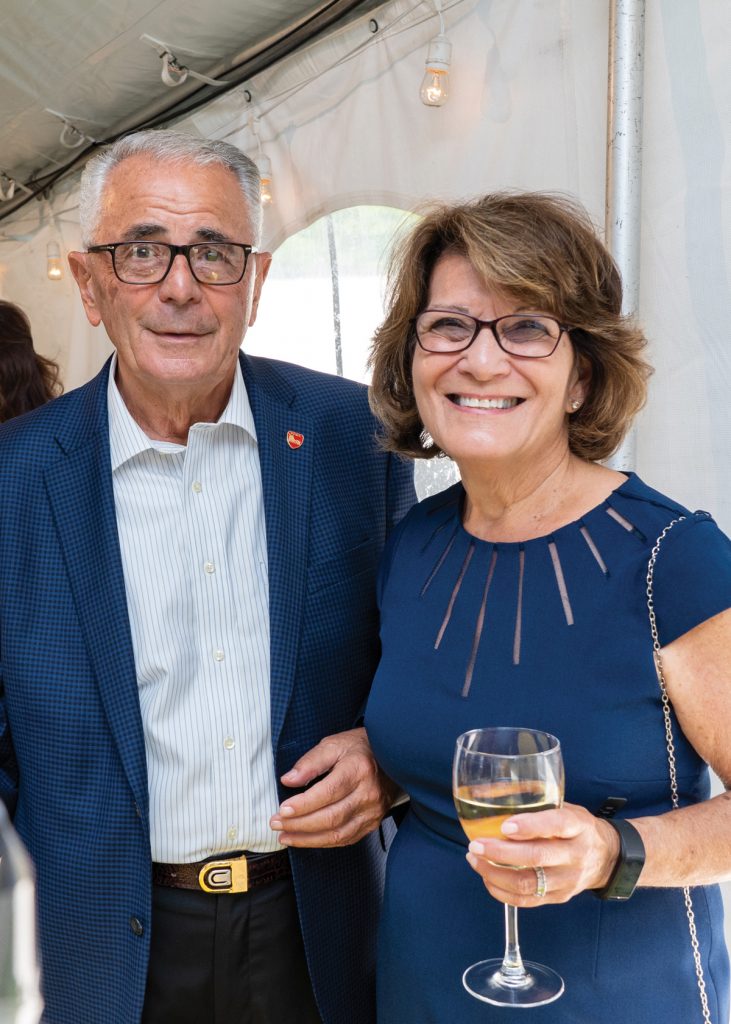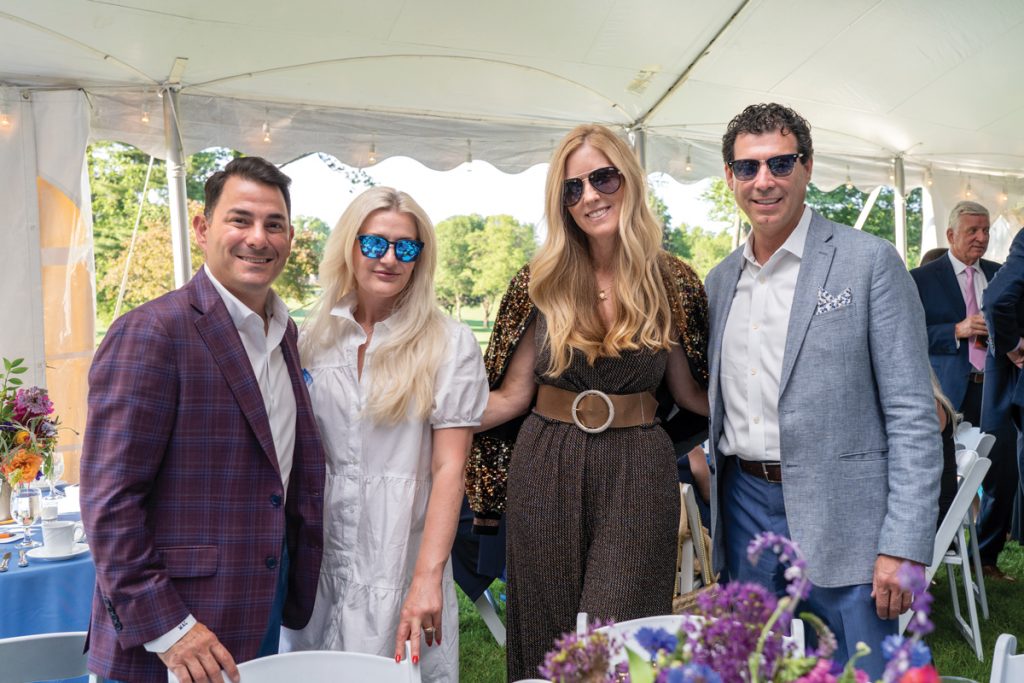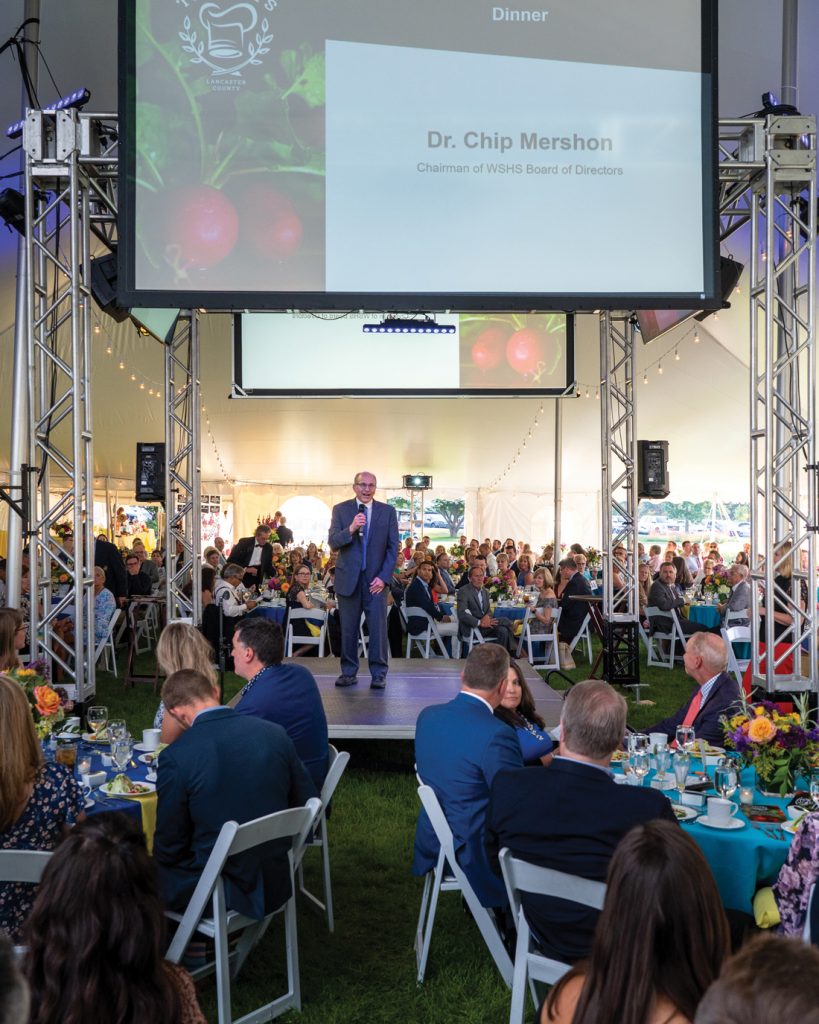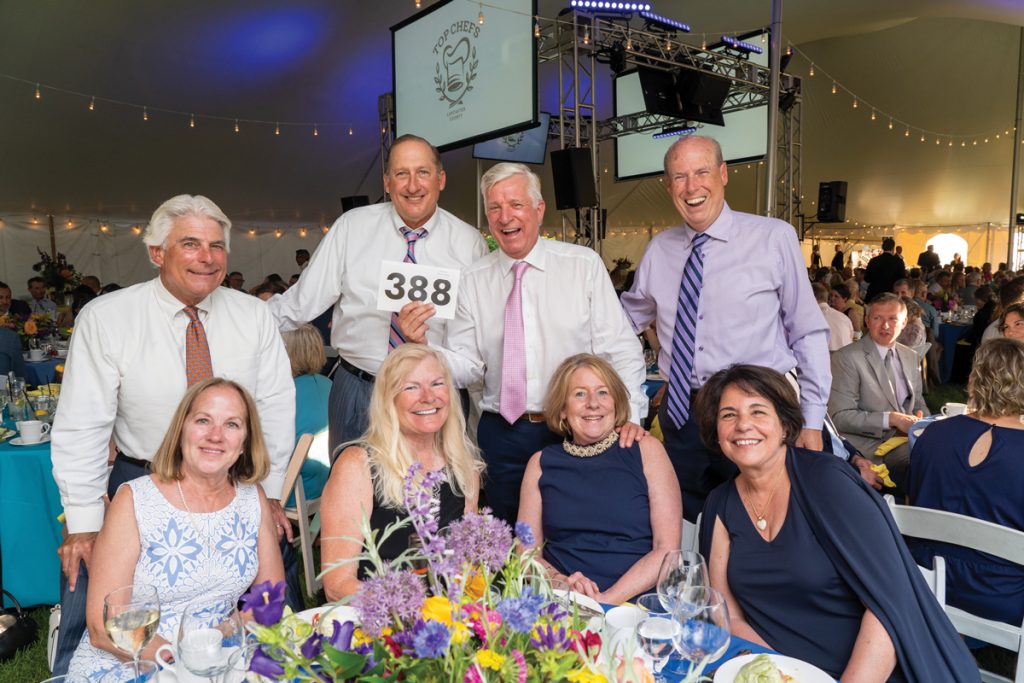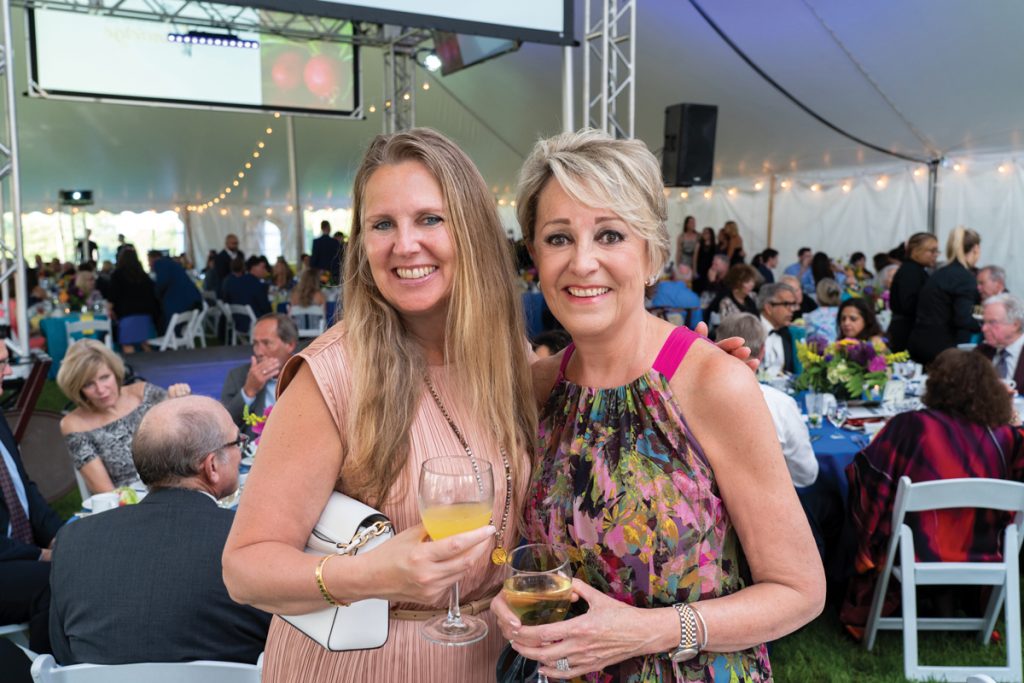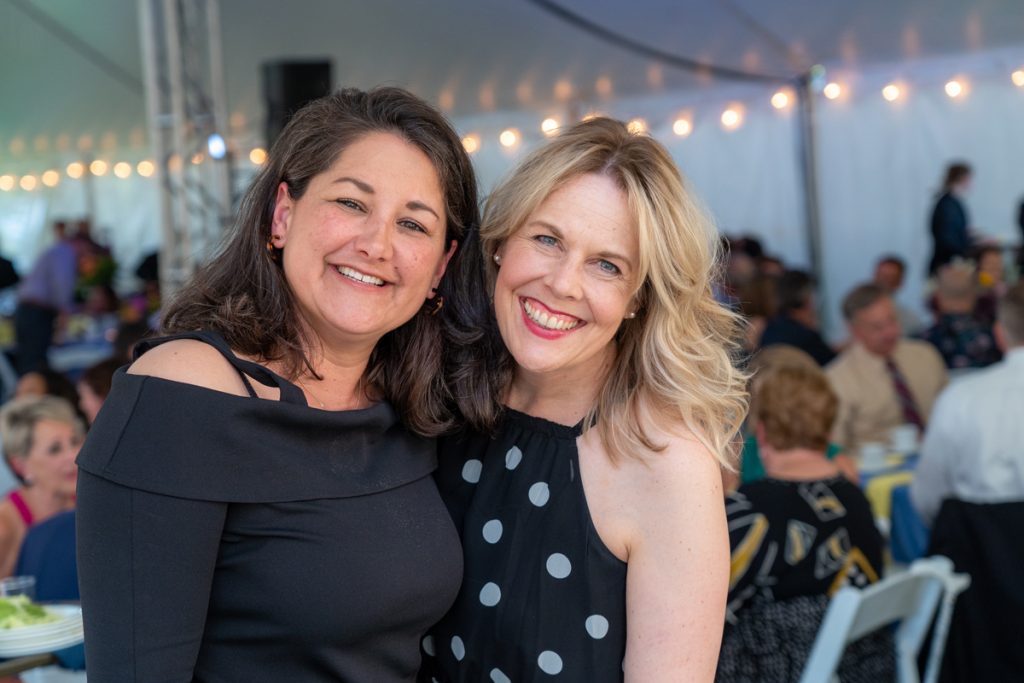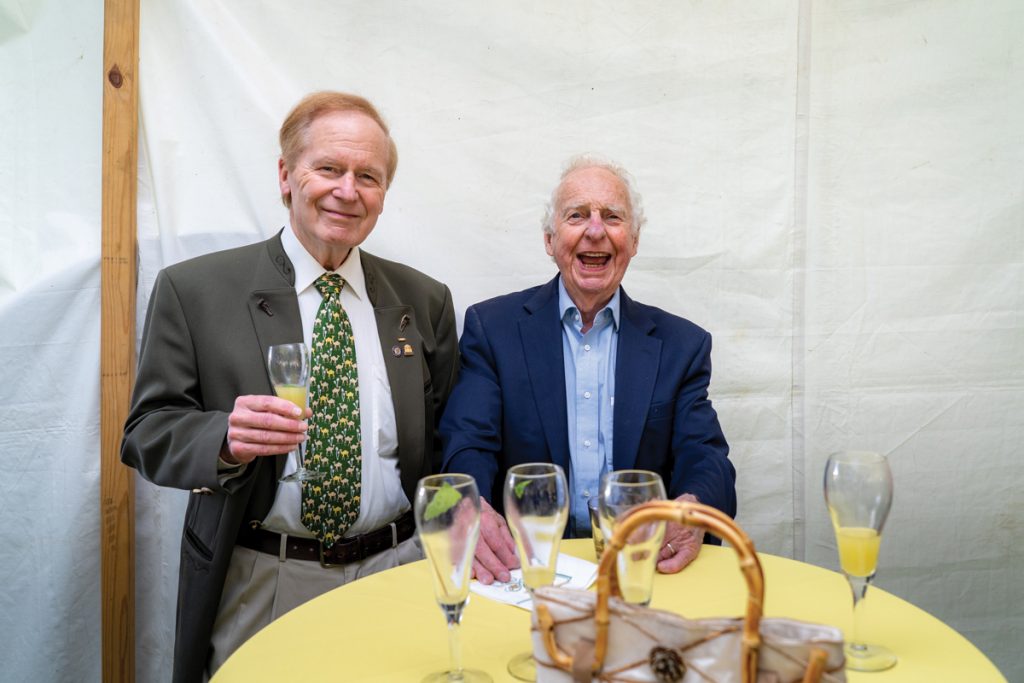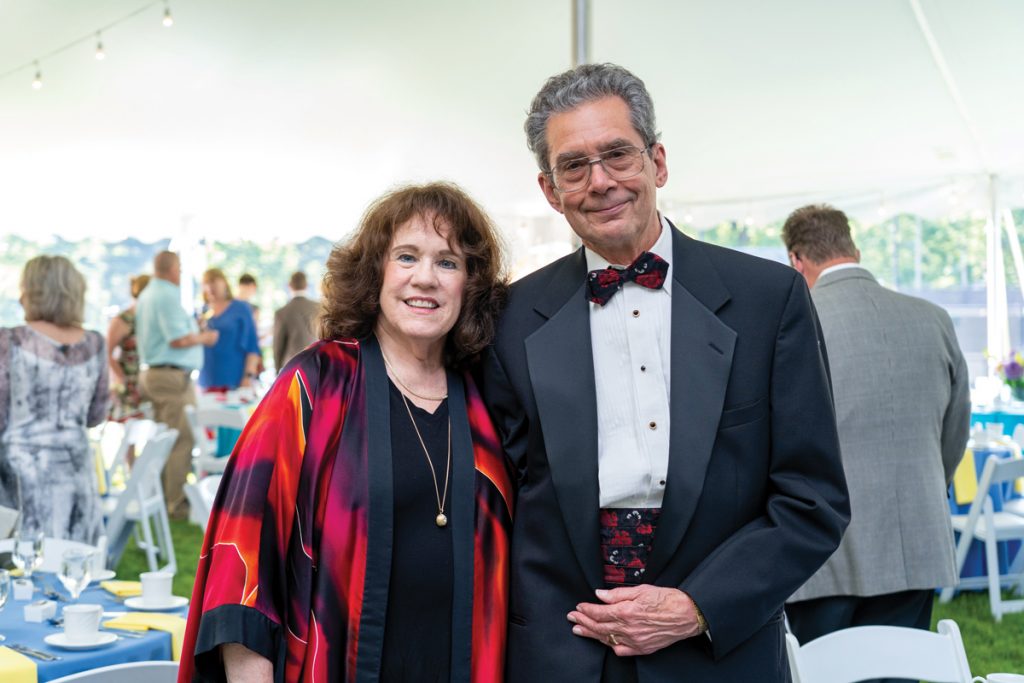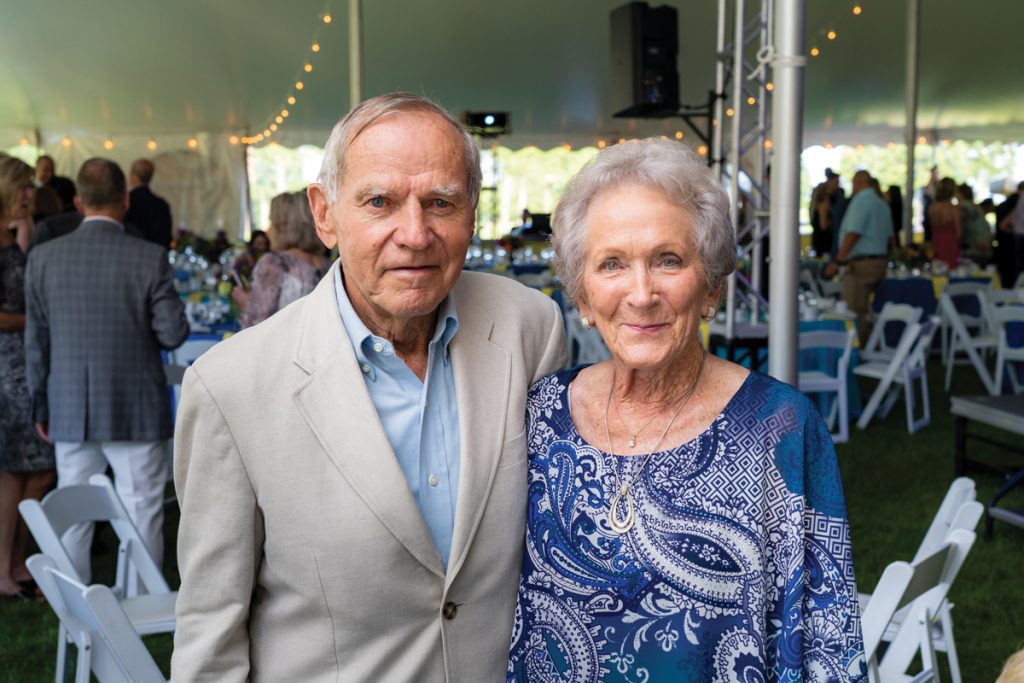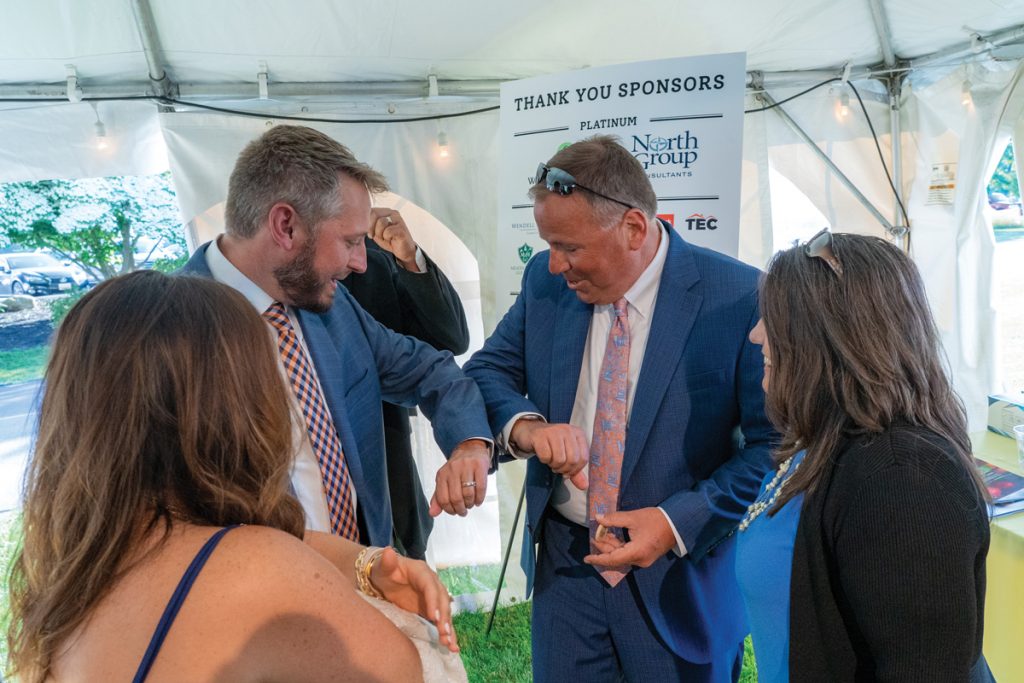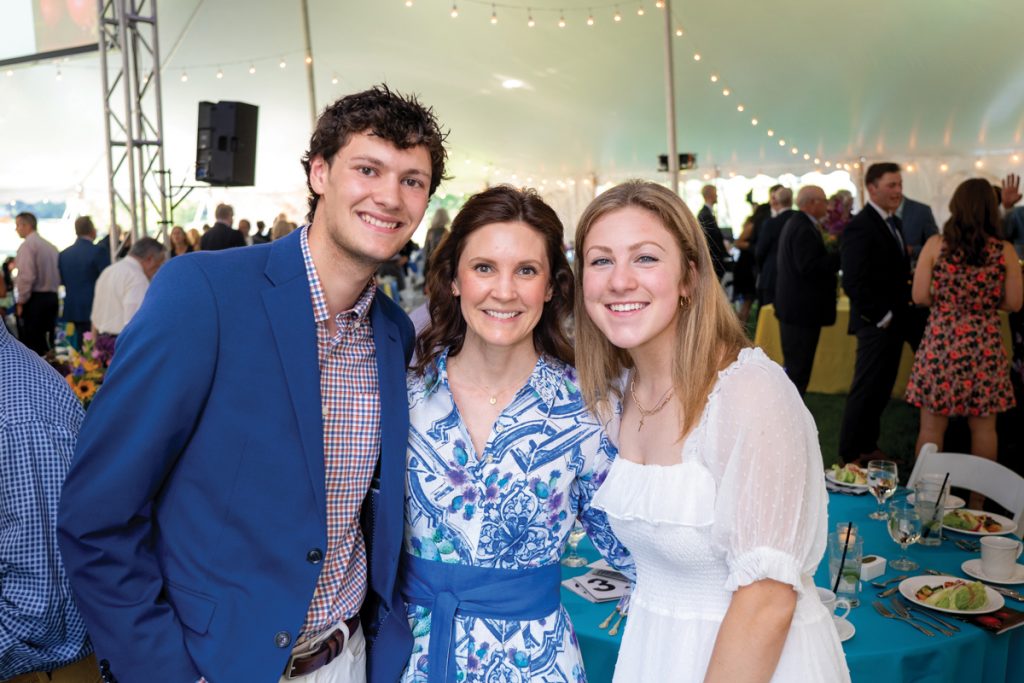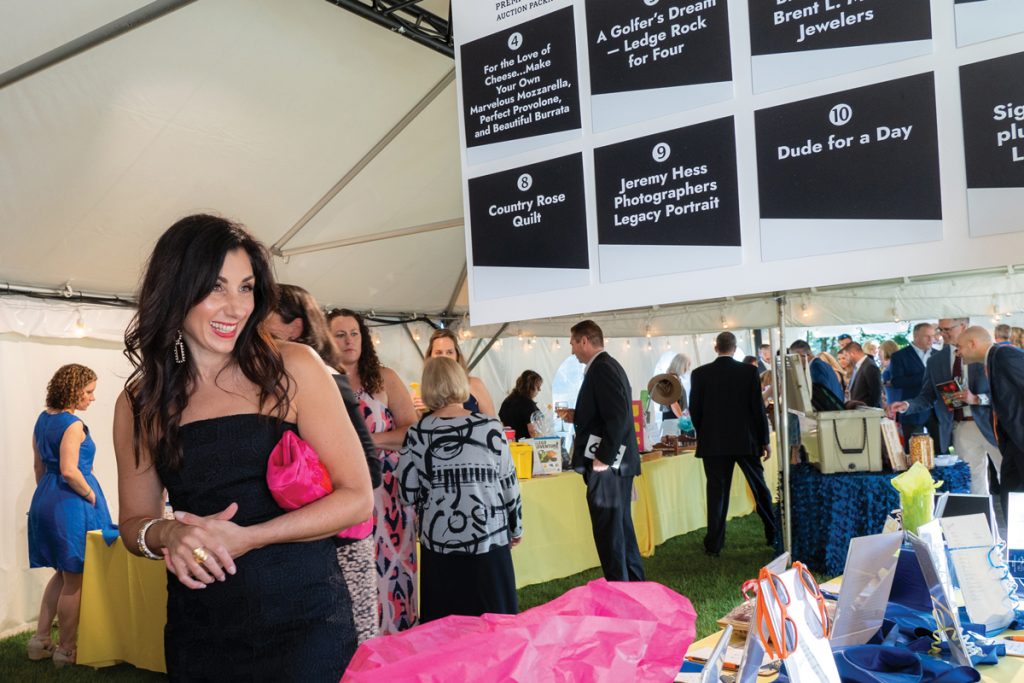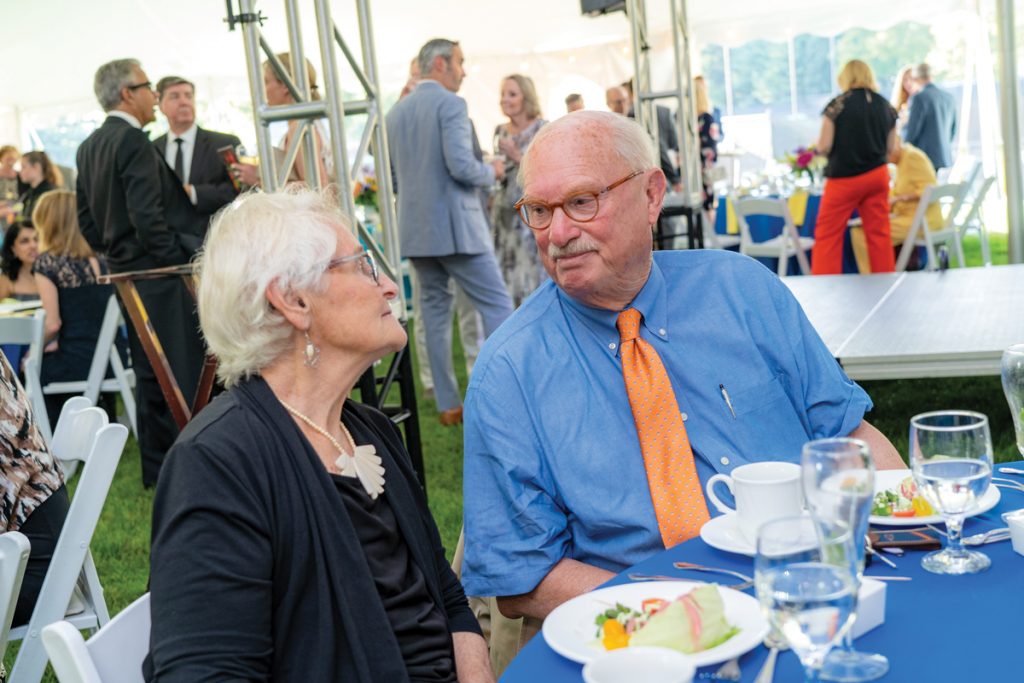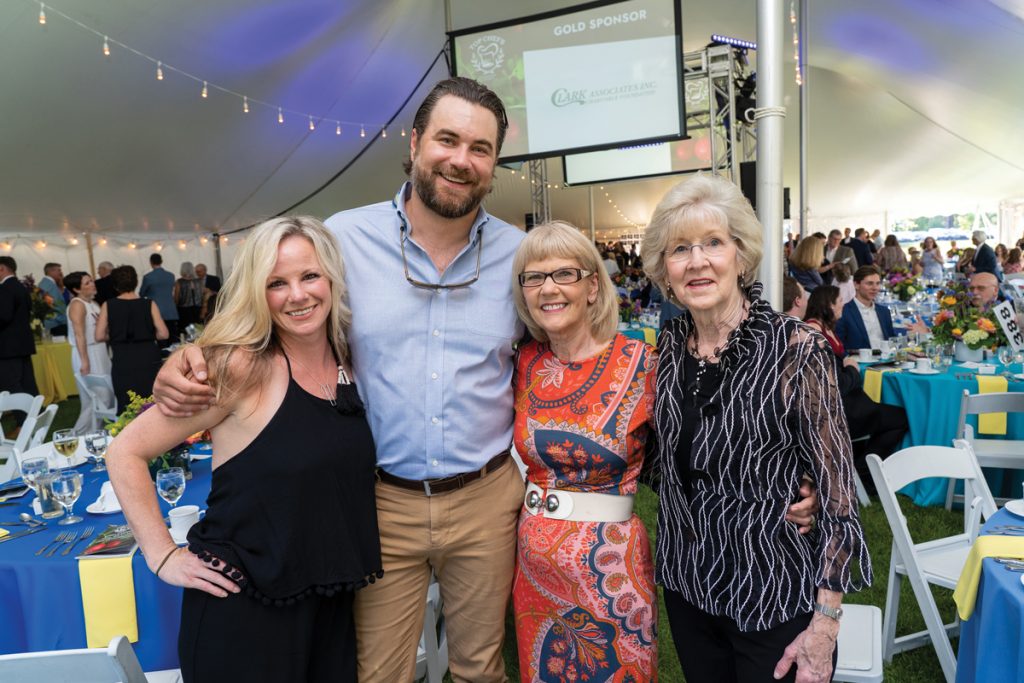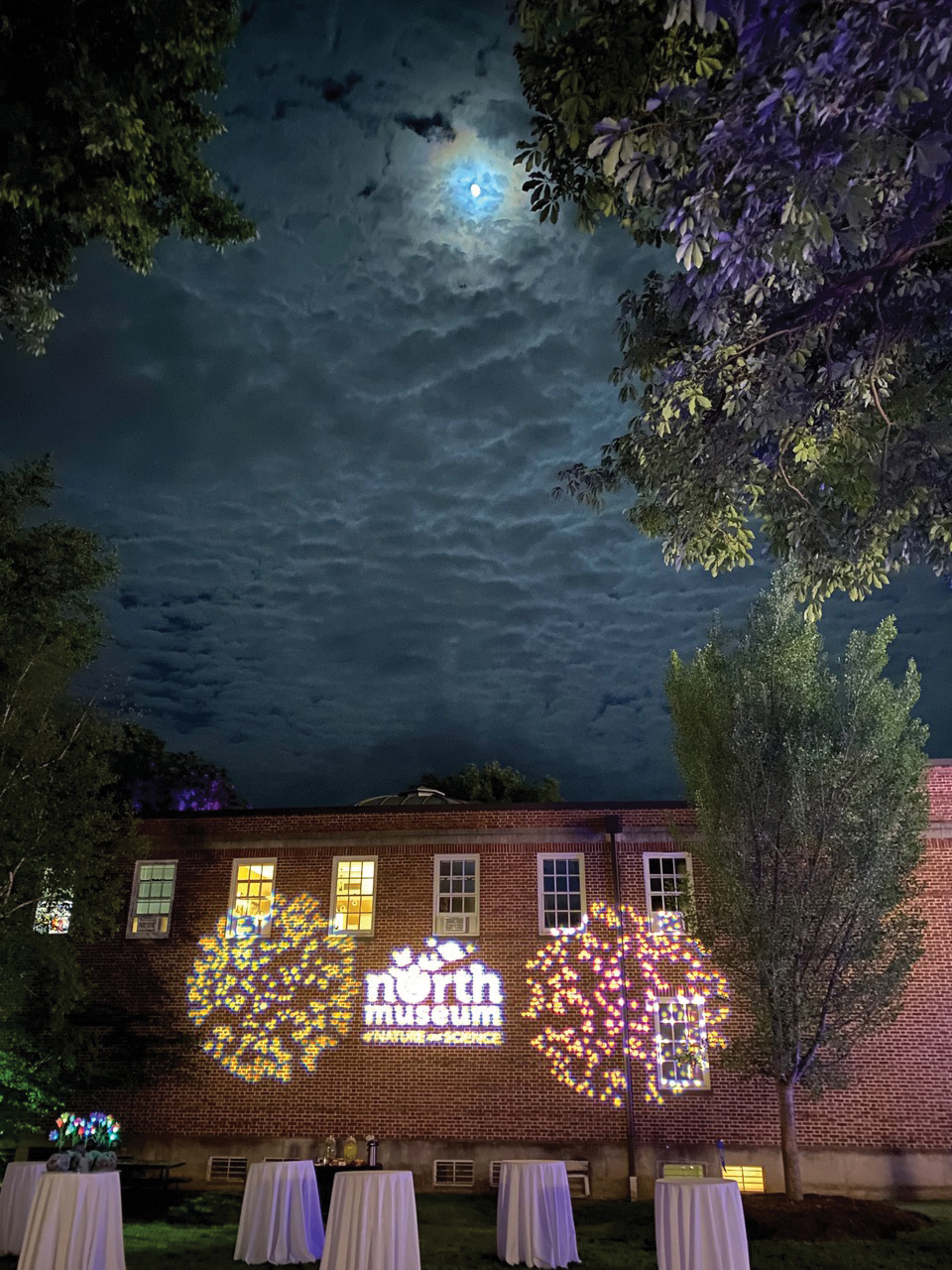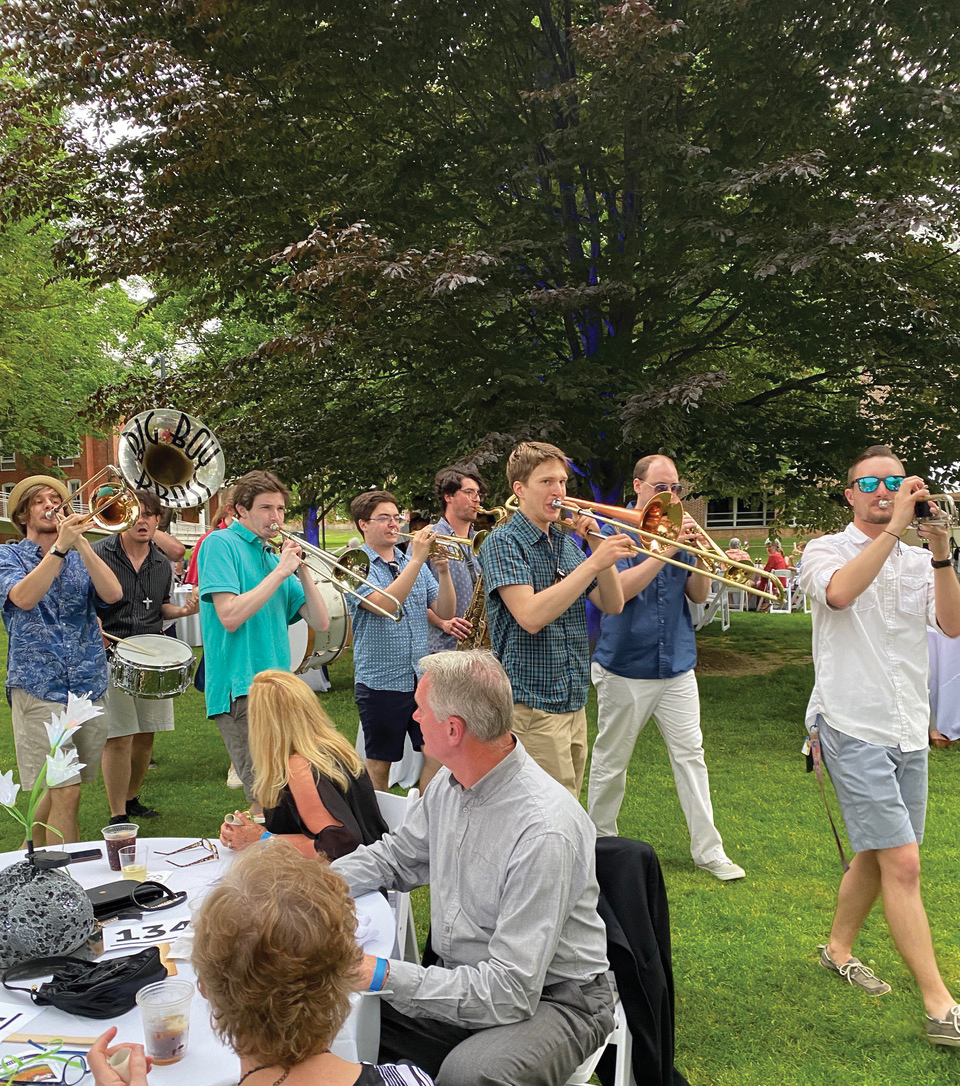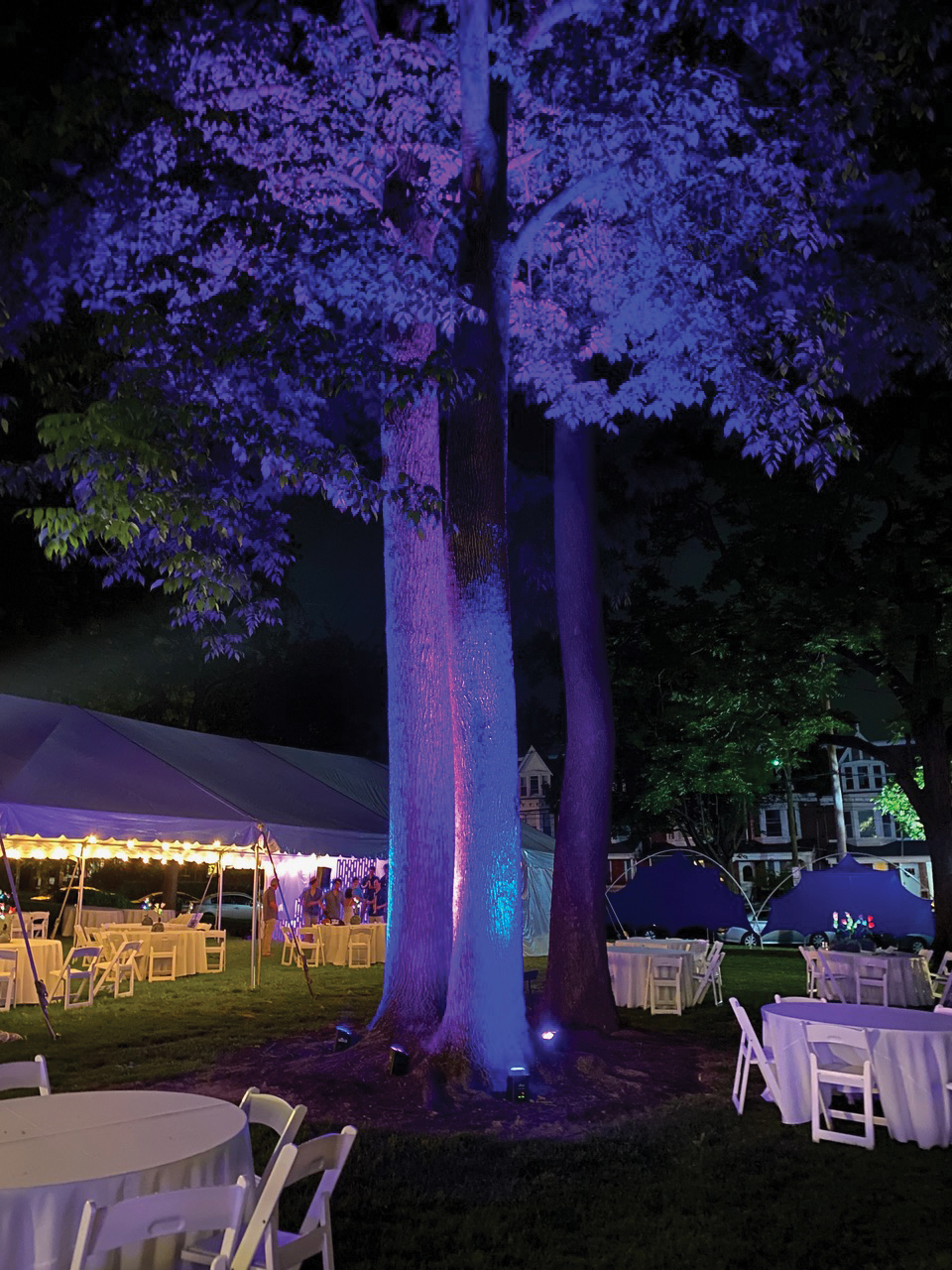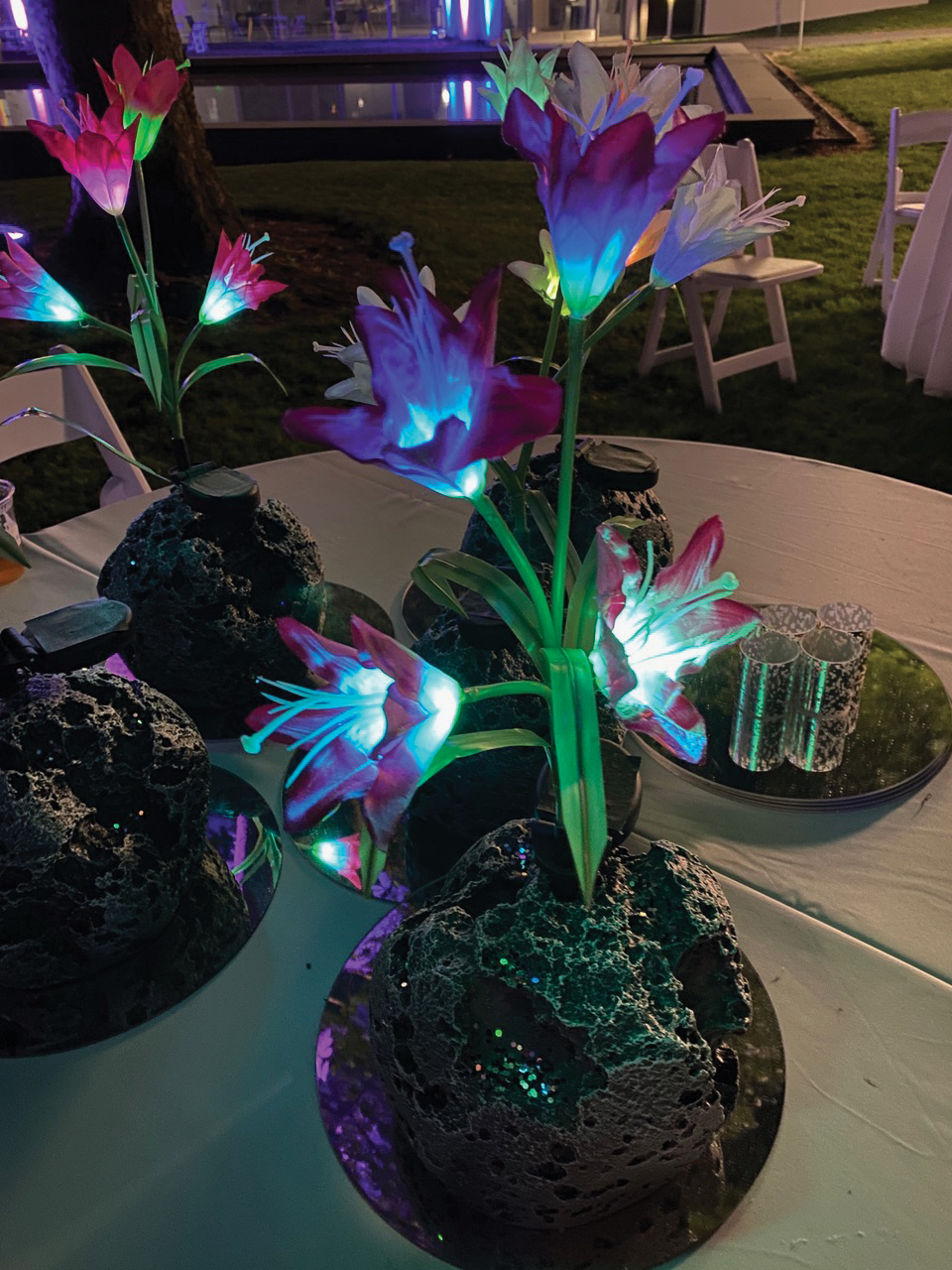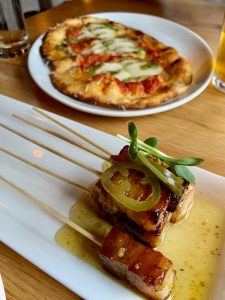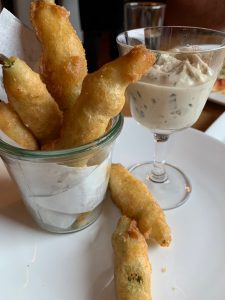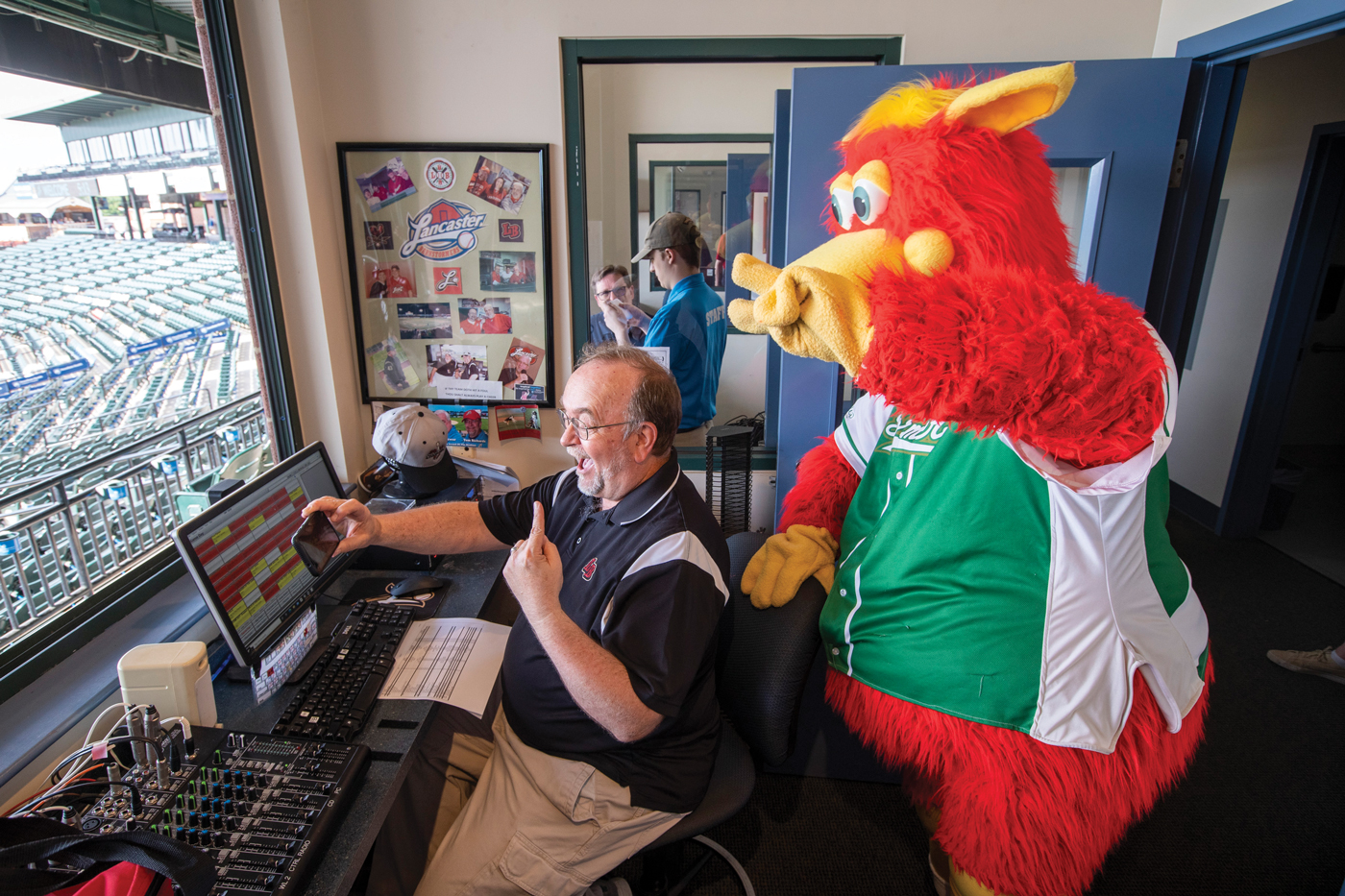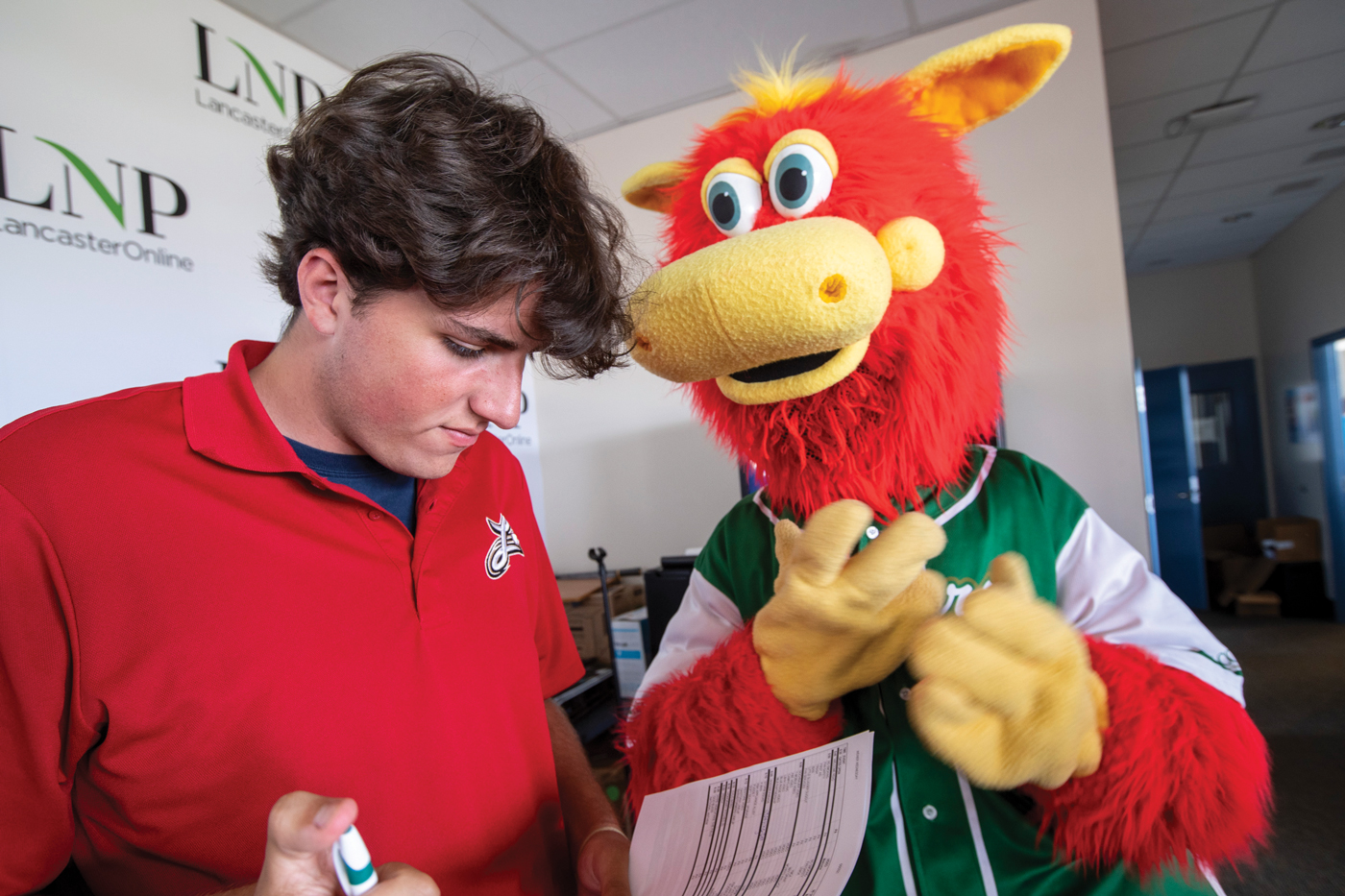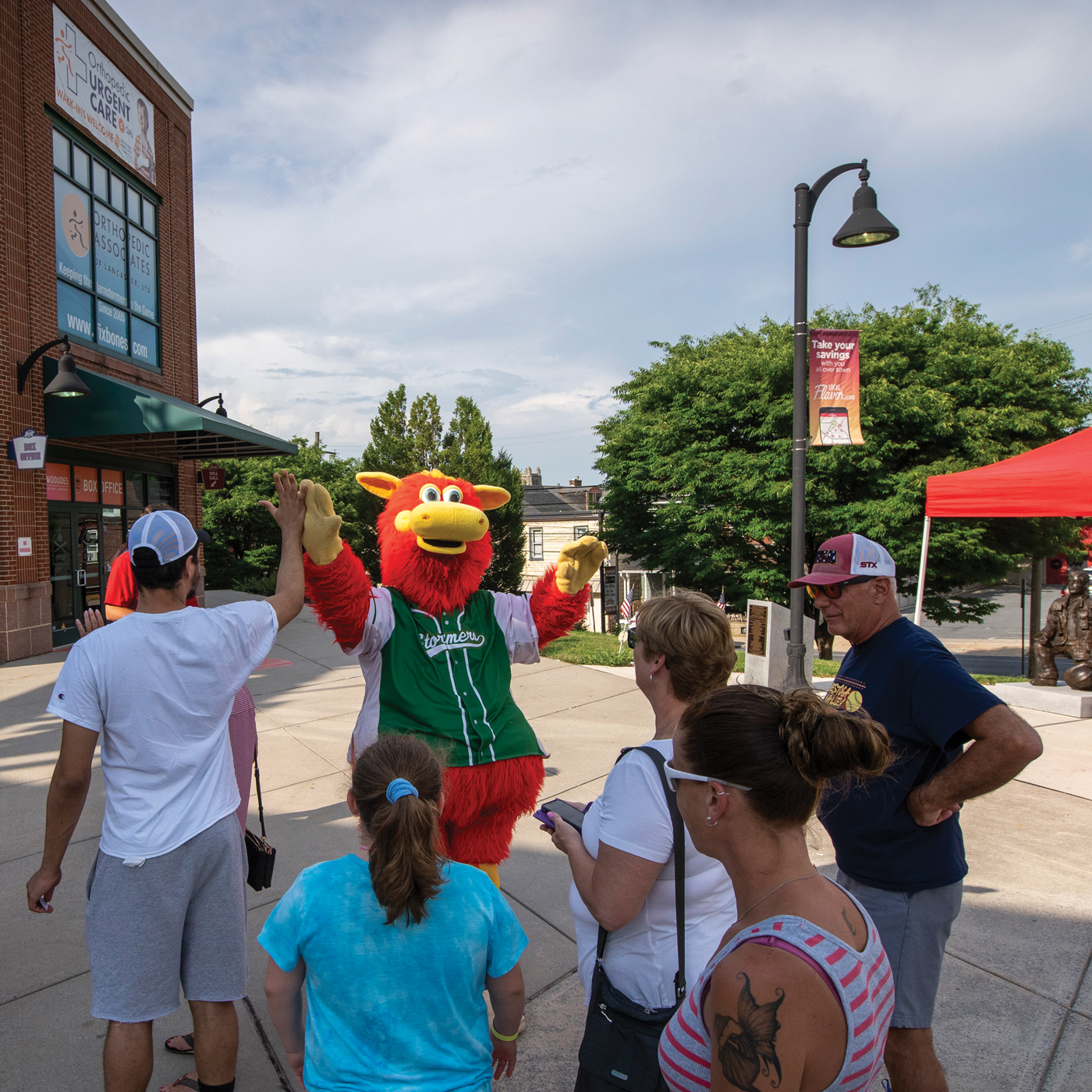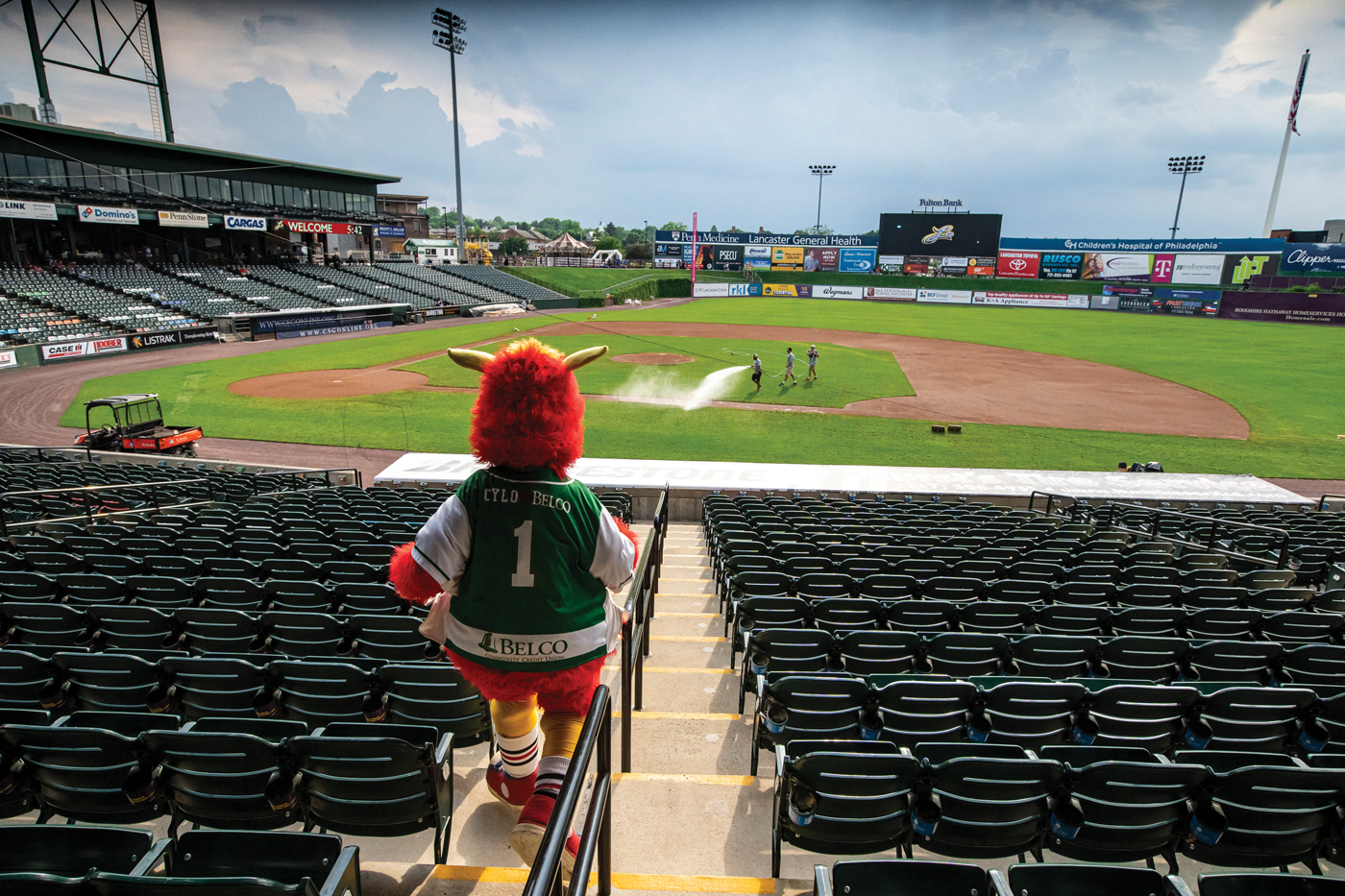Gardening and Nature at Moravian Manor Communities
Discover the perfect place with opportunities to grow and enrich your lifestyle at Moravian Manor Communities. With the area’s widest array of residences and two campuses in Lititz, we’re cultivating a community rich with possibilities. Here, you’ll not only discover room to grow physically, emotionally, intellectually, socially and spiritually, but also actually grow whatever you want … native flowers, herbs and veggies! Meet some neighbors who discovered the art of finding room to grow at Moravian Manor Communities.
The Courtyard Pollinator Garden, certified by the National Wildlife Federation, started as a seed in the imagination of resident Elaine Bell. A gardening enthusiast and past volunteer at the Morris Arboretum in Philadelphia, Elaine approached the grounds supervisor about creating a sustainable pollinator garden. Together, with the guidance of Linda Ferich, a master naturalist from the Lancaster Conservancy, this garden took root in our interior café courtyard.
In our community garden plots, companion planting takes on a new definition. Here, neighbors enjoy planting side-by-side, sharing conversation and their harvest. For resident Marsha Campbell, her dad inspired her love of gardening. “He gave me a couple packets of flower seeds and showed me where I could plant them. Hopefully, I’ve planted the love of gardening in my grandchildren – one will gladly weed, one likes to water, one enjoys harvesting and one simply eats … especially cherry tomatoes right from the vine!” Lititz was already home to Marsha and her husband, and they chose Moravian Manor Communities for its Life Plan offerings and friendly, dedicated staff.
Being able to continue gardening was a big factor for resident Elaine Fulmer when choosing to move here. “I love having a perennial flower and herb garden around my carriage home, plus a vegetable plot. I love the serenity and nurturing of plants. As well, I enjoy the camaraderie of the community garden. New friends helped me expand my knowledge about growing vegetables too, from basic ones last year to watermelon, scallions, Swiss chard, delicata squash and more this year.”
Gardening helps resident Jerry Shank stay grounded. “My parents introduced me to gardening. I still see it as somewhat of a mystery … putting an inert seed into the ground can produce a living plant … and then helps nourish my life.” Jerry and his wife chose the community for its close connection with Lititz. “We find this setting so inviting and comfortable as we move through our retirement years.”
For resident Walt Stump, his grandfather introduced him to gardening. He shares, “When we arrived at the Warwick Woodlands Campus, we both loved the beautiful quaint, village-like appearance of homes with inviting front porches.”
Home flower gardens add to the beautiful landscaping around Moravian Manor Communities. Resident Ann Hostetter used her passion for gardening to bring her carriage home’s yard to life with a wide array of everblooming perennials and annuals.
Discover community connecting with nature and each other at Moravian Manor Communities by calling 717-626-0214 or visit us virtually at moravianmanorcommunities.org.
Overview
Type of Community
Life Plan Community (Contract Type C – Fee for Service)
Range of Services
Residential Living, Assisted Living, Personal Care, Skilled Care, Memory Care and Short-Term Rehab.
Residential Options
Nearly 40 different floor plans: apartments, cottages, carriage homes and townhomes.
Dining Options
Moravian Manor Communities dishes up six ways to nourish your lifestyle with diverse culinary experiences. The Owl’s Nest Restaurant & Sippery serves fresh farm/sea-to-table comfort food plus specialty drinks, wine and craft beers (to residents and their guests only). The Gallery Café is a relaxed cafeteria-style hub with Wi-Fi, serving breakfast and lunch. The Founders Dining Room offers chef’s home-style daily specials and à la carte items. Outdoors there are grill stations on the Tree Top Terrace and in the Pavilion. A variety of convenience meals and catering also are available.
On-Campus Activities
Meaningfully connecting with the world around us creates a sense of purpose and encourages personal growth. At Moravian Manor Communities, life is active and engaging, infused with opportunities for lifelong learning, cultural enrichment, outings and excursions.
 300 West Lemon Street, Lititz, PA 17543
300 West Lemon Street, Lititz, PA 17543
717-626-0214


